Manuscript 1931: Memories of the cure in DAVOS, nun from ESSEN with Carl HOPMANN
Description
– See more pictures below! –
You are bidding on one Manuscript from 1931.
Written by Sister Margareta from Medal "Sisters of Mercy of St. Elisabeth" in Essen.
Rhymed memories of a cure in the St. Josefs House in Davos (Switzerland), which she met in the spring of 1931 together with the pastor of the Elisabeth Hospital Carl Hopmann (1883-1971) who would later become the papal privy chamberlain.
His life is also reported in this manuscript.
With a dedication to his sister Antonie Hopmann (1882-1941), who was also in this order and became general secretary of the Catholic Women's Association in 1926. Her father was the cloth manufacturer Adolf Hopmann (1856-1909), after whom Adolf-Hopmann-Strasse in Essen-Werden was named.
Scope: 86 described or pages with inserts.
20 photos are glued in (mostly excerpts from real photo postcards, sometimes also private original photos) as well as an excerpt from a litho AK.
A naive drawing on the front.
Several embedded Newspaper clippings about the 50th Priesthood anniversary of Carl Hopmann (1958) and a photo of him (two of the photos in the manuscript also show him). Also a nice group photo from Christmas 1920.
Format: 17x14.5x1.3cm; flexible purple fabric cover.
Condition: Cover rubbed, front cover with a crease. Pages slightly stained. bitte note also the pictures at the end of the item description!
Pictures
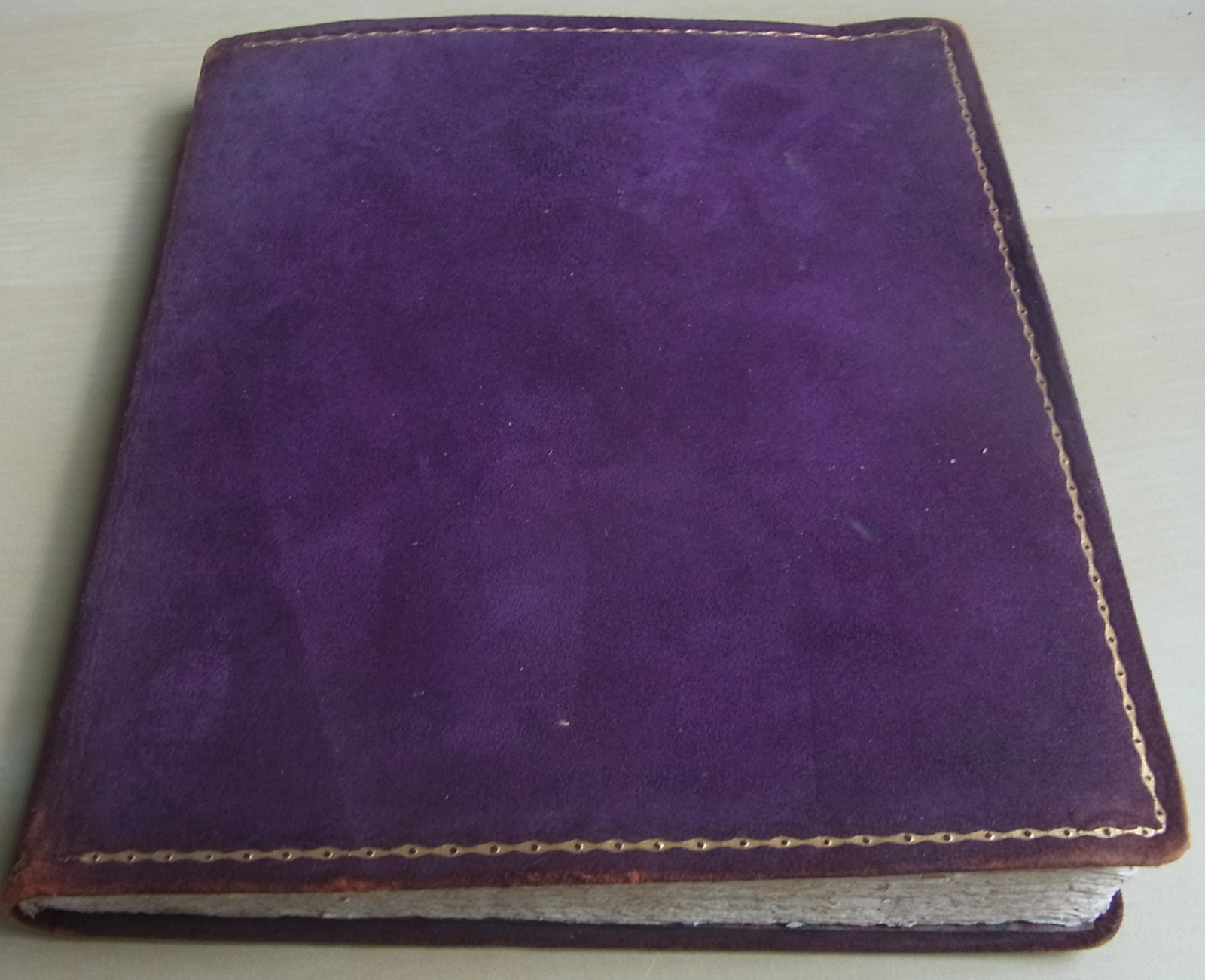

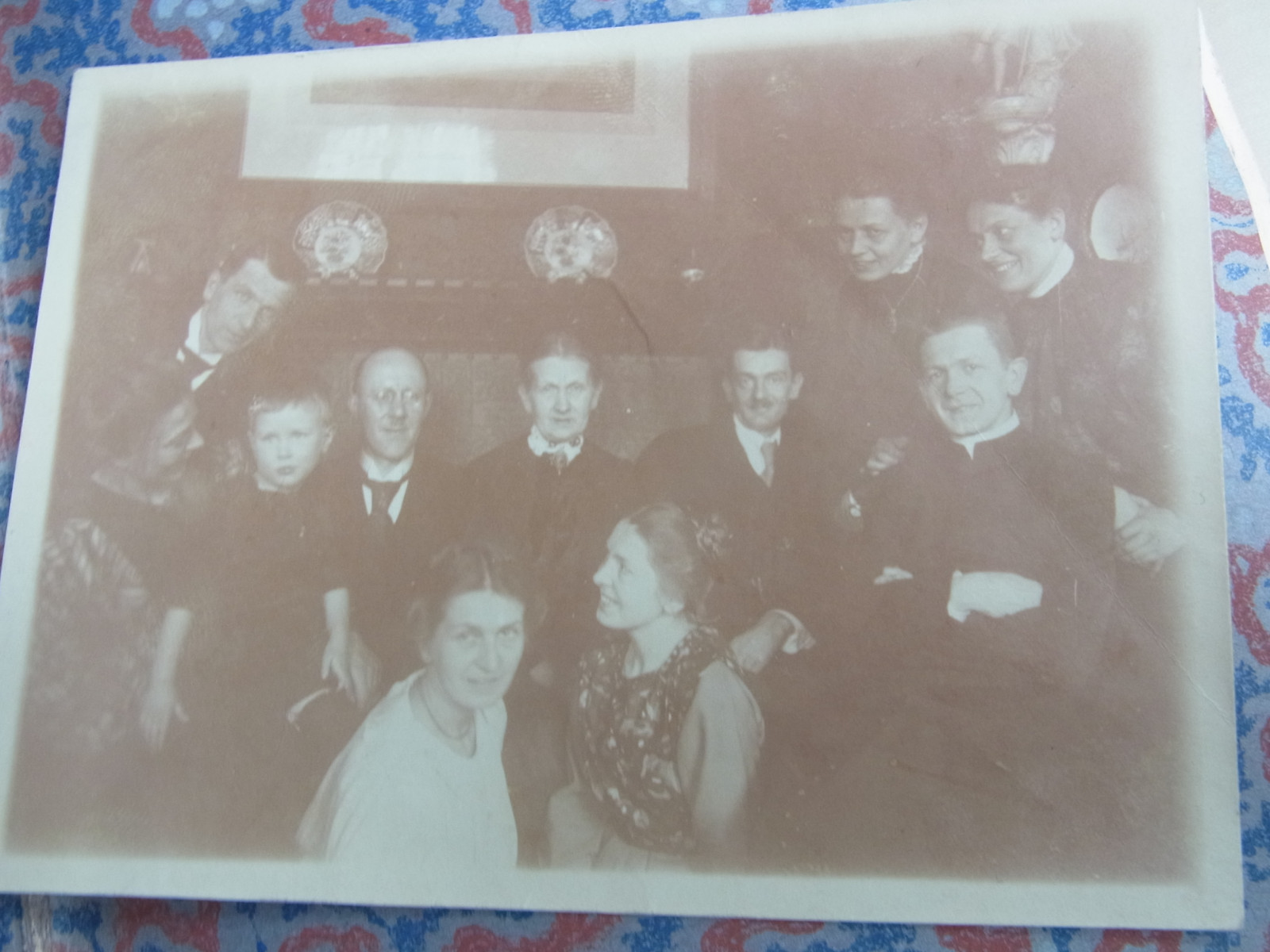
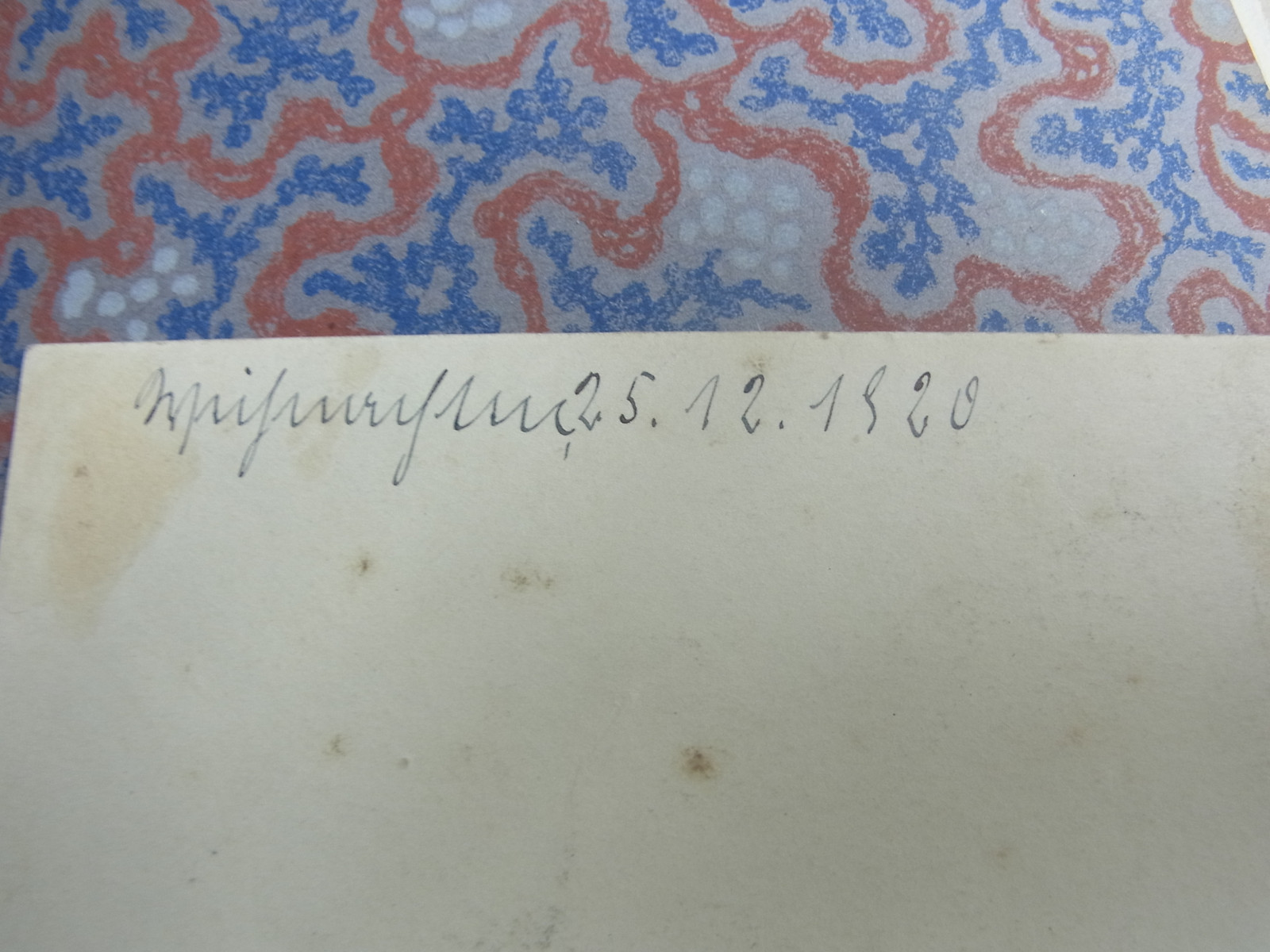


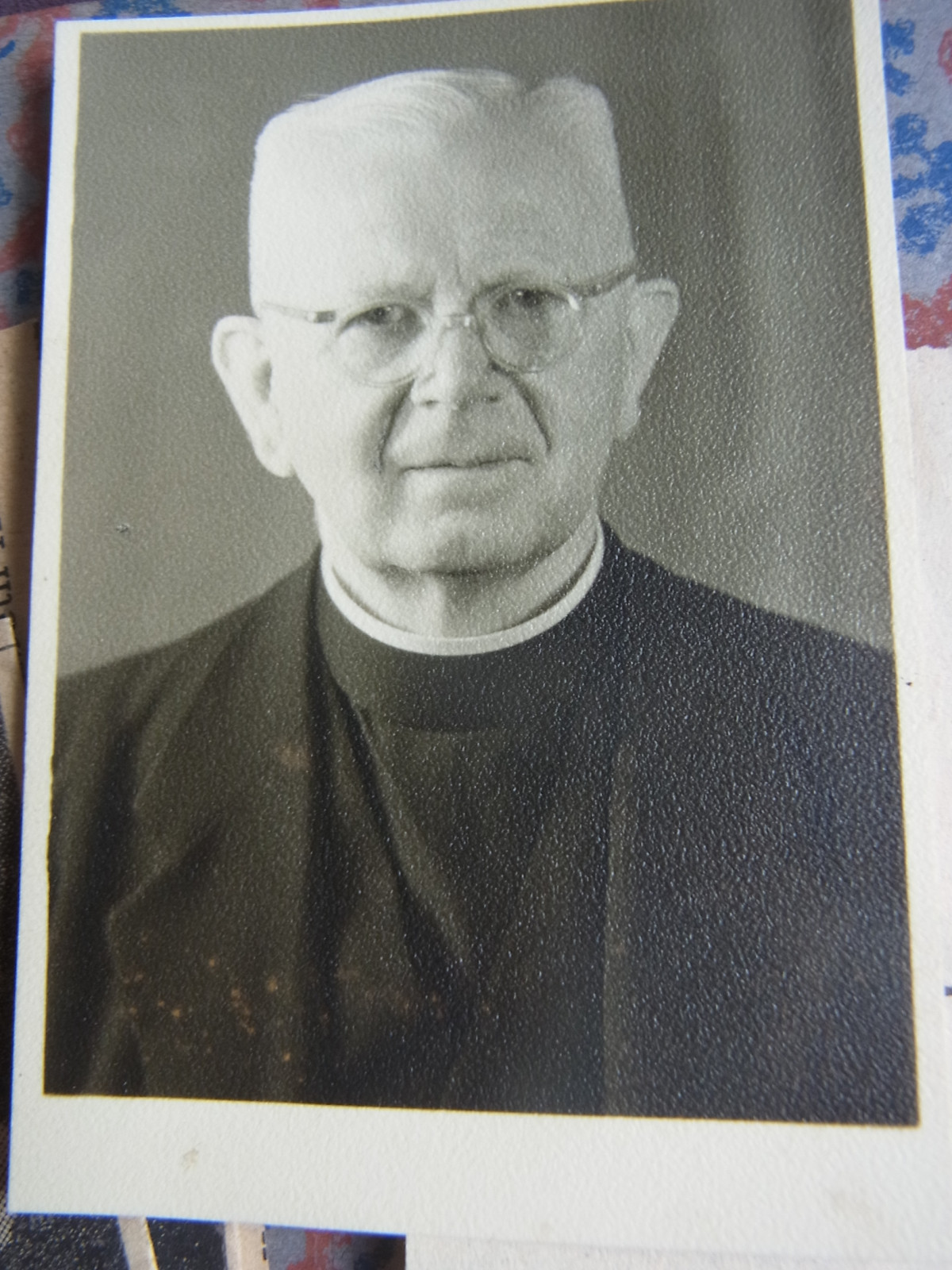


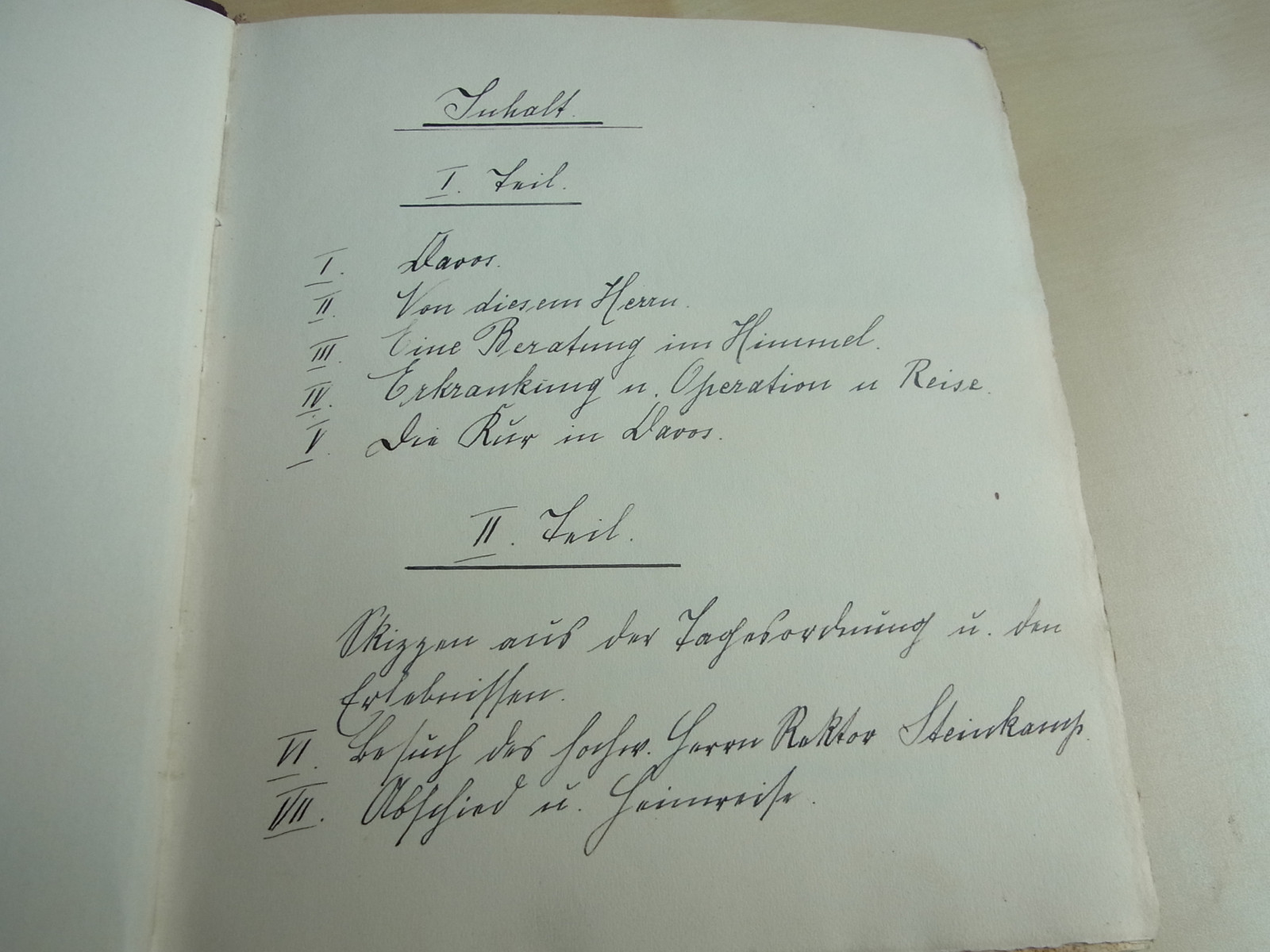
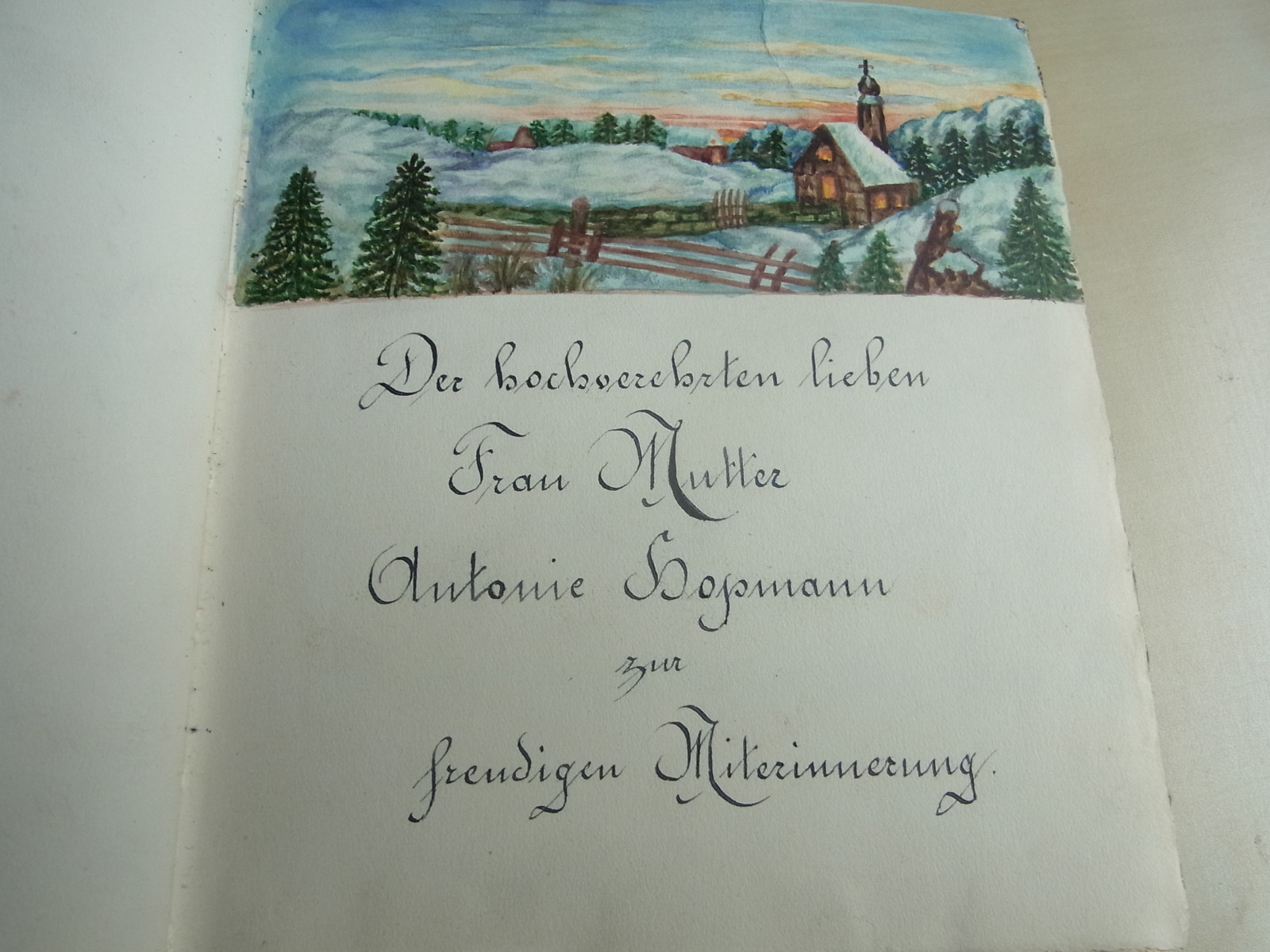

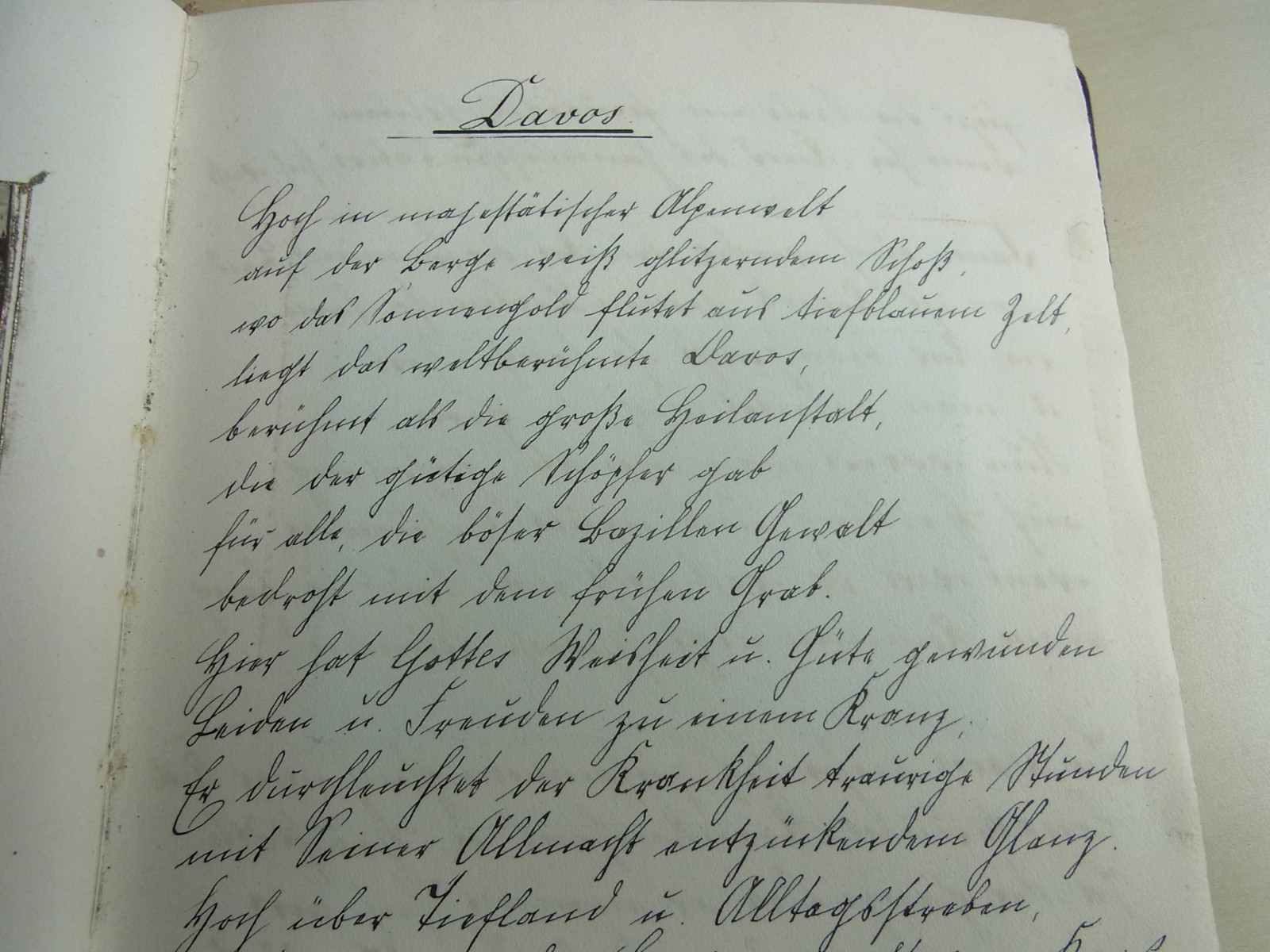

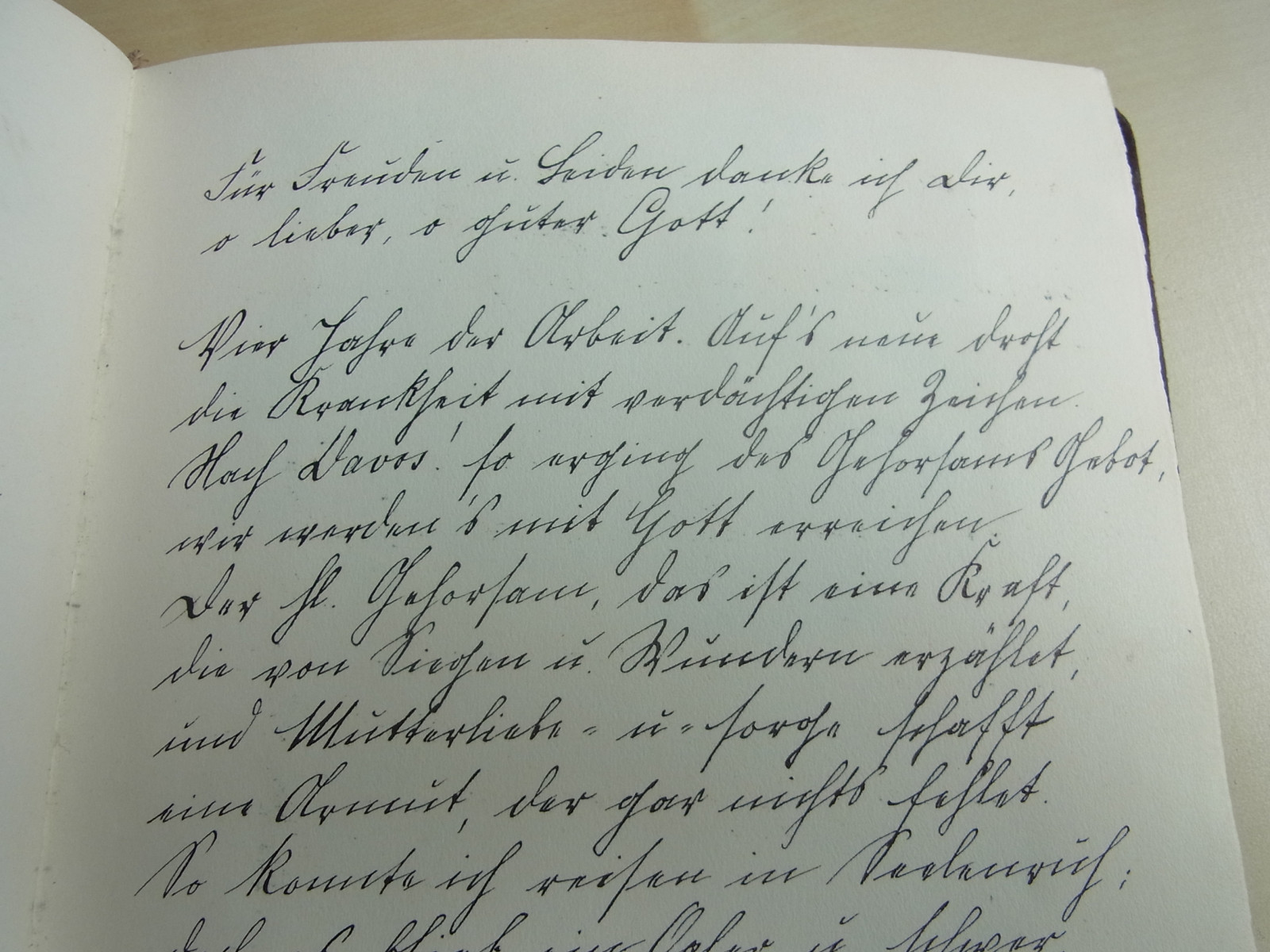

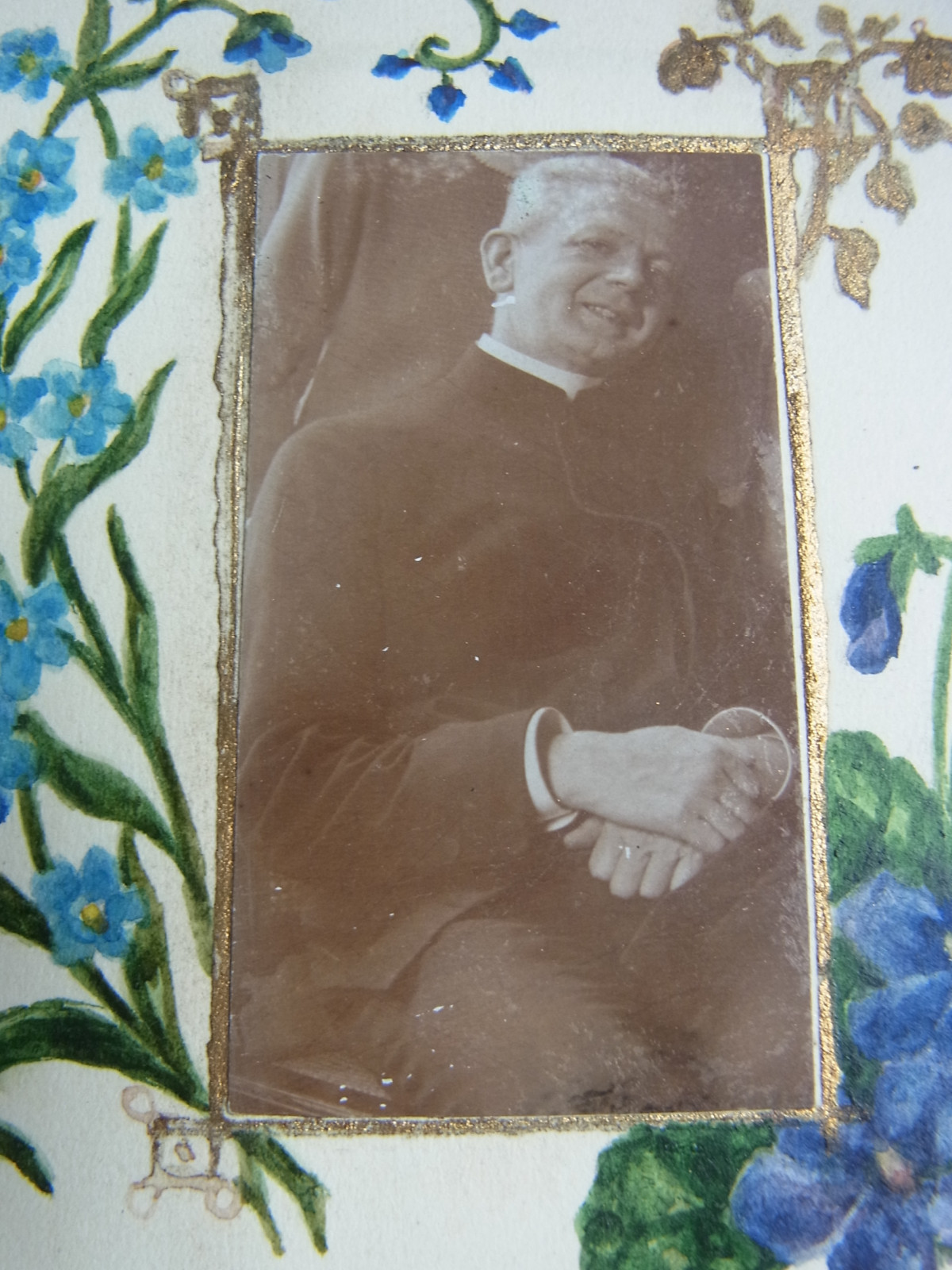




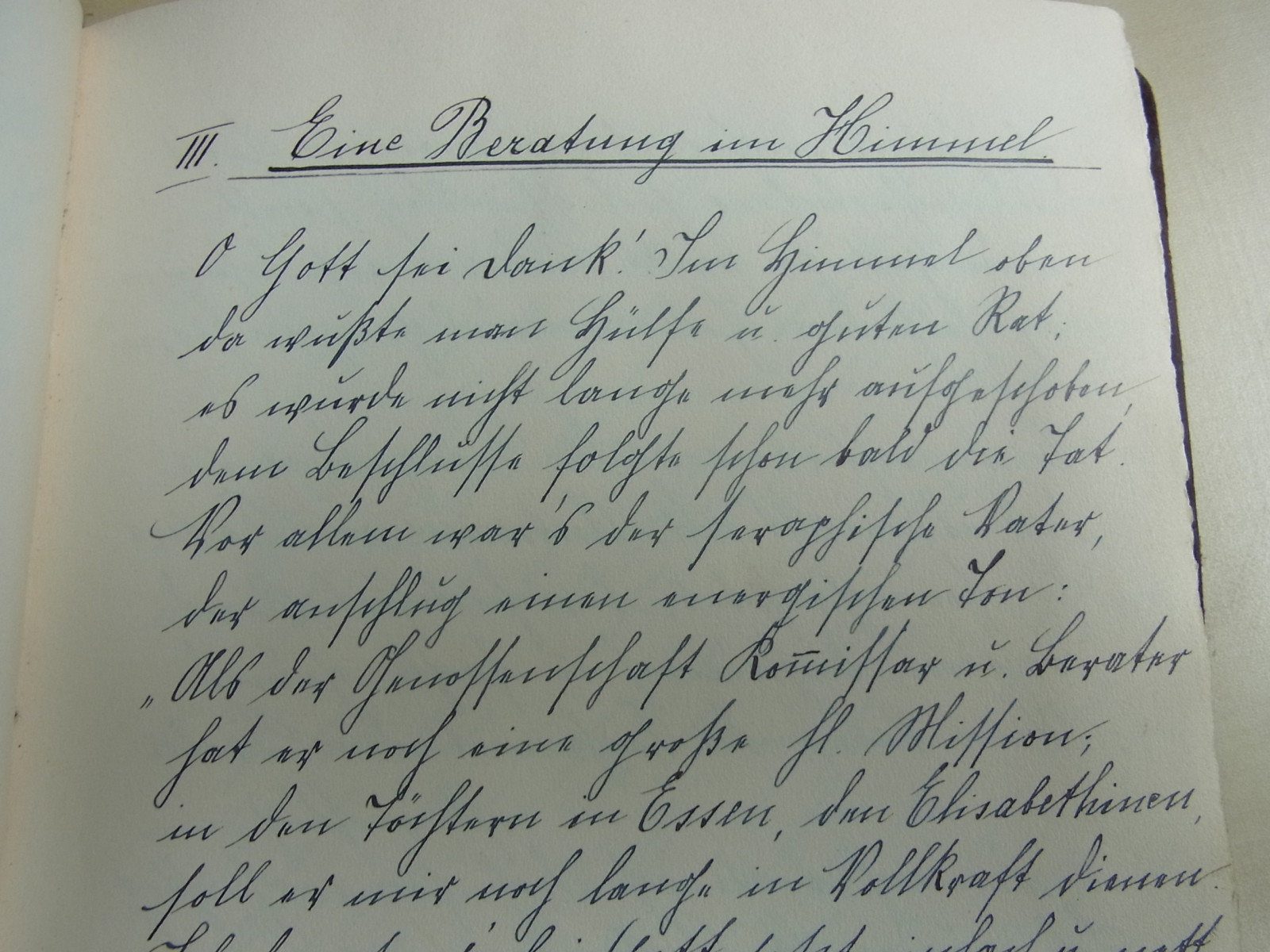




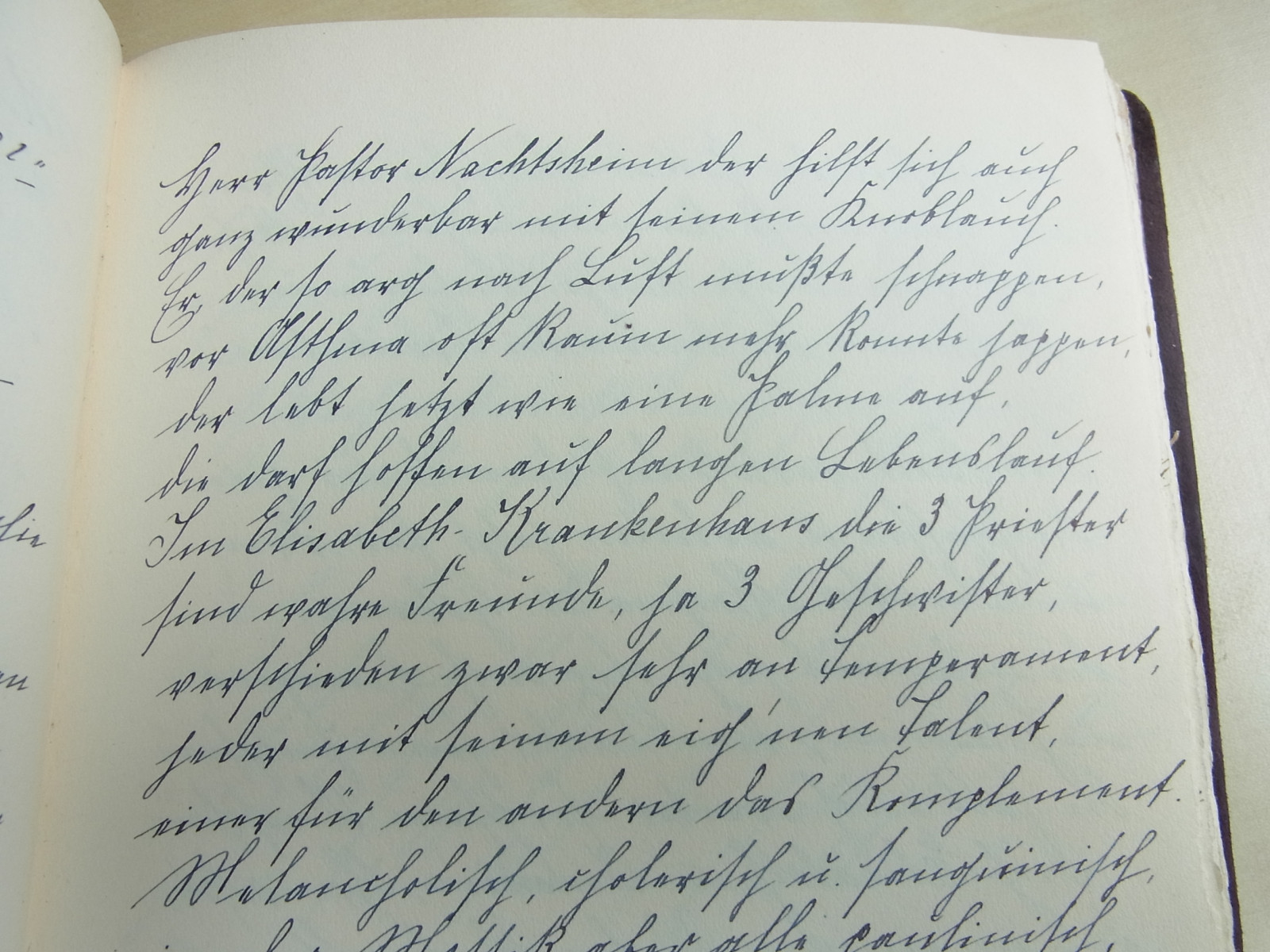

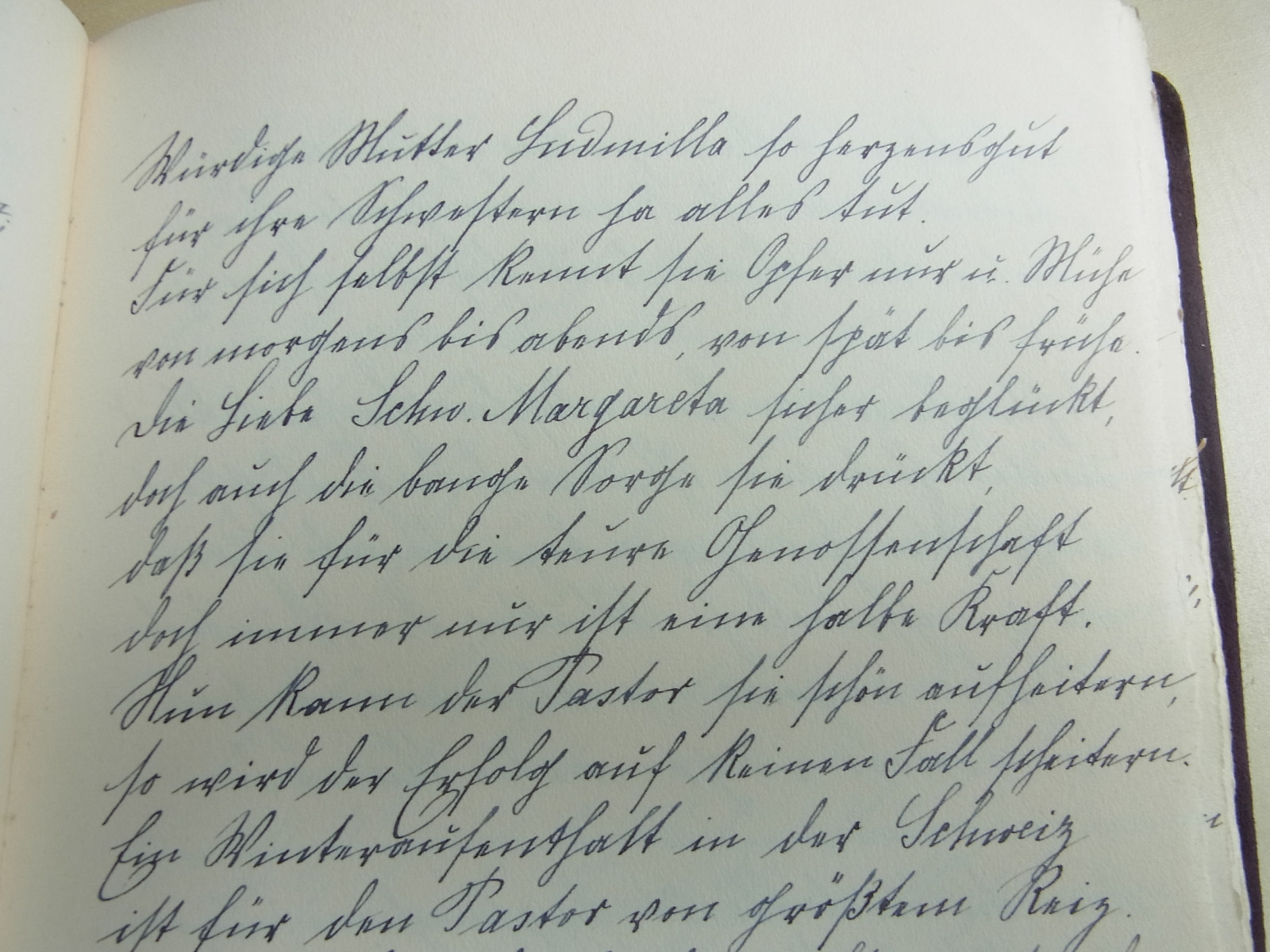



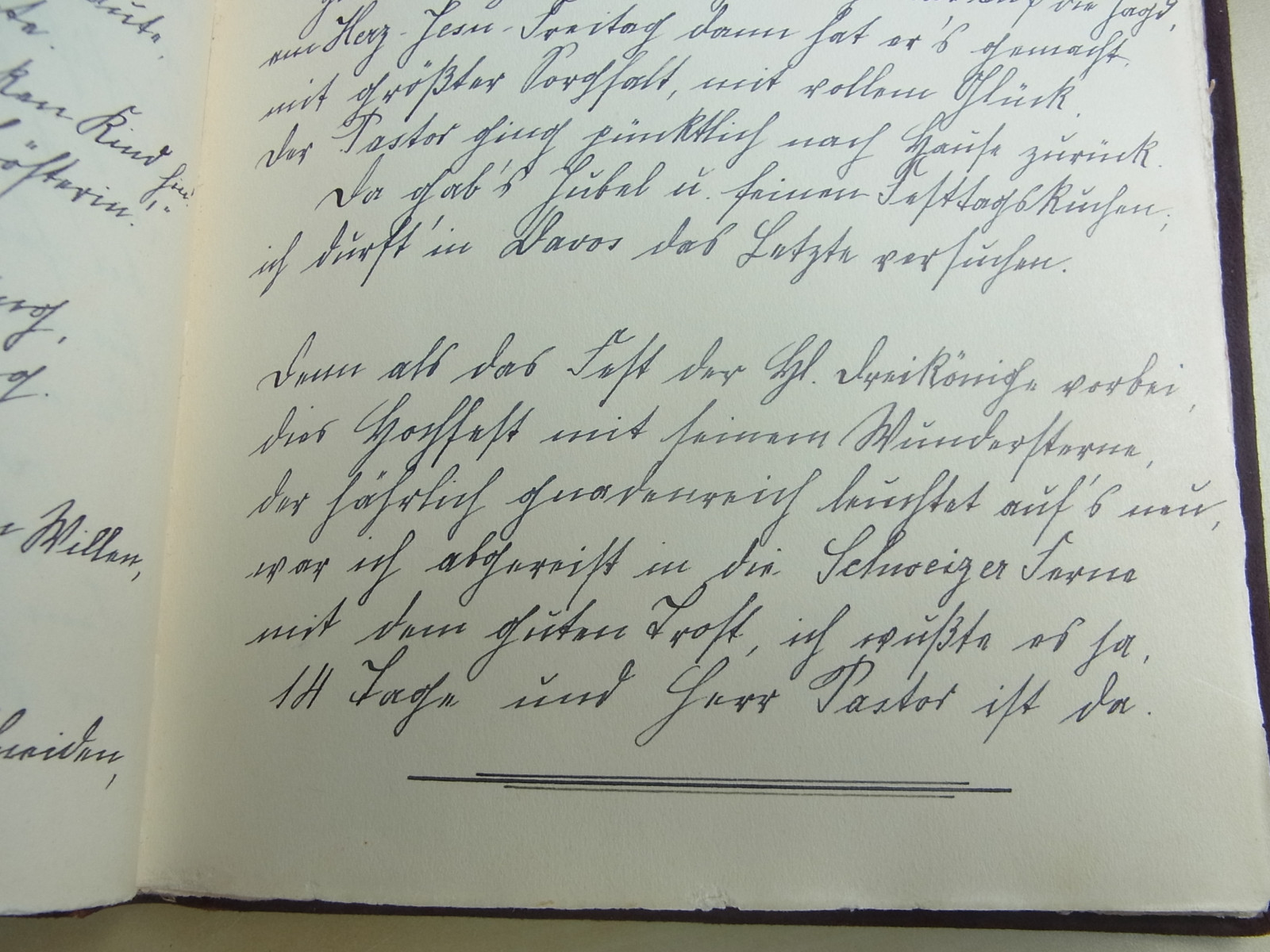
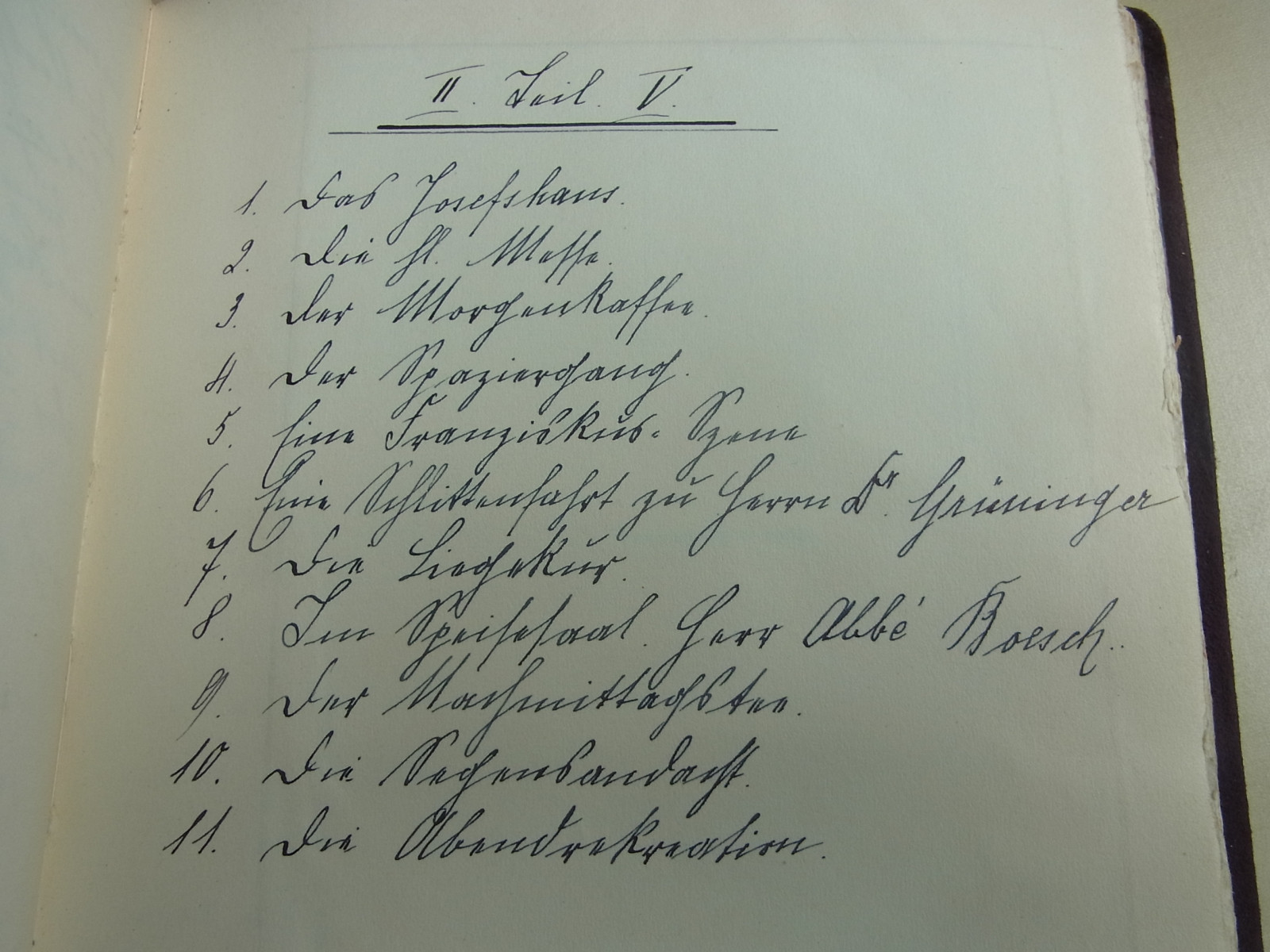


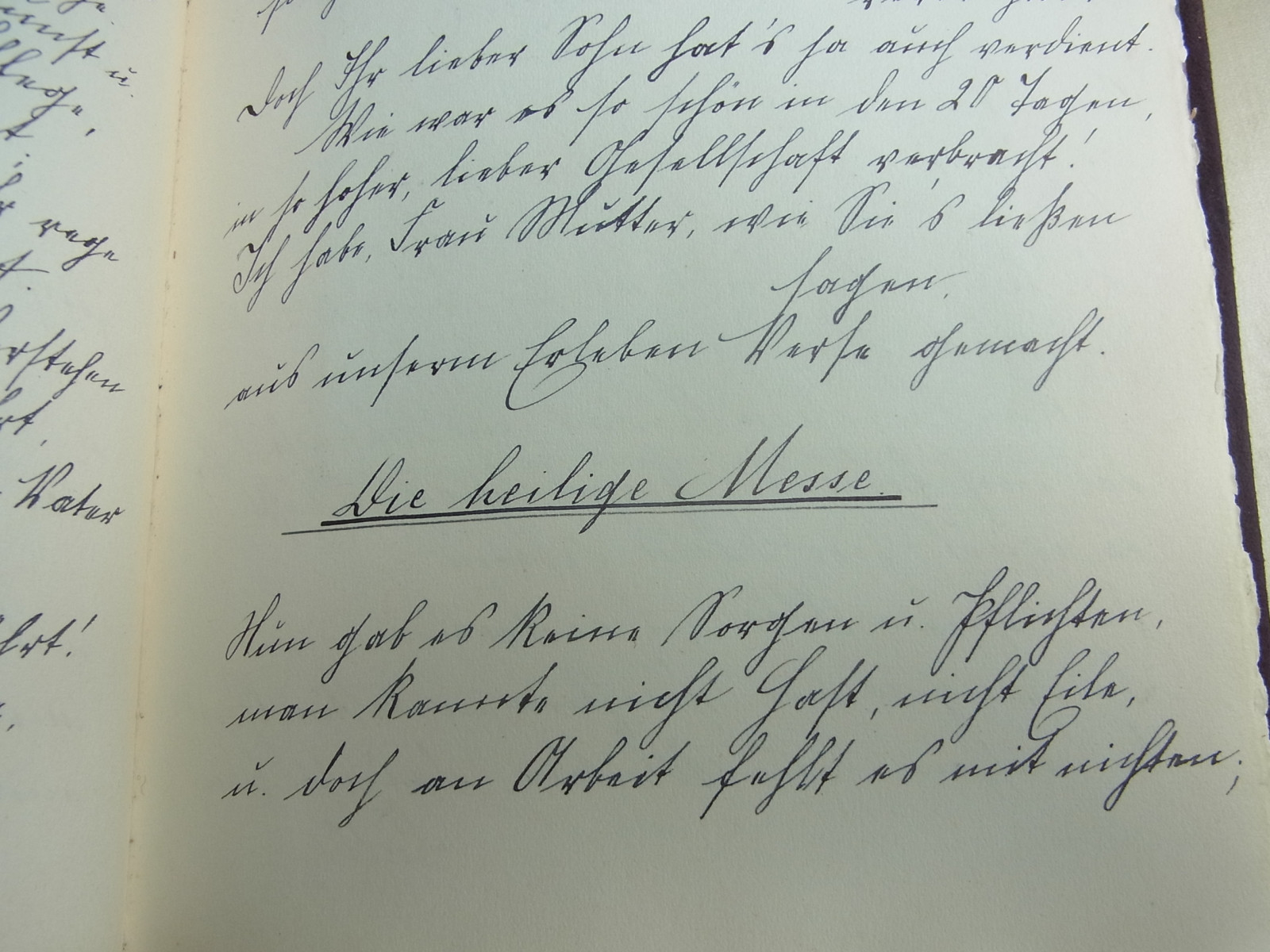



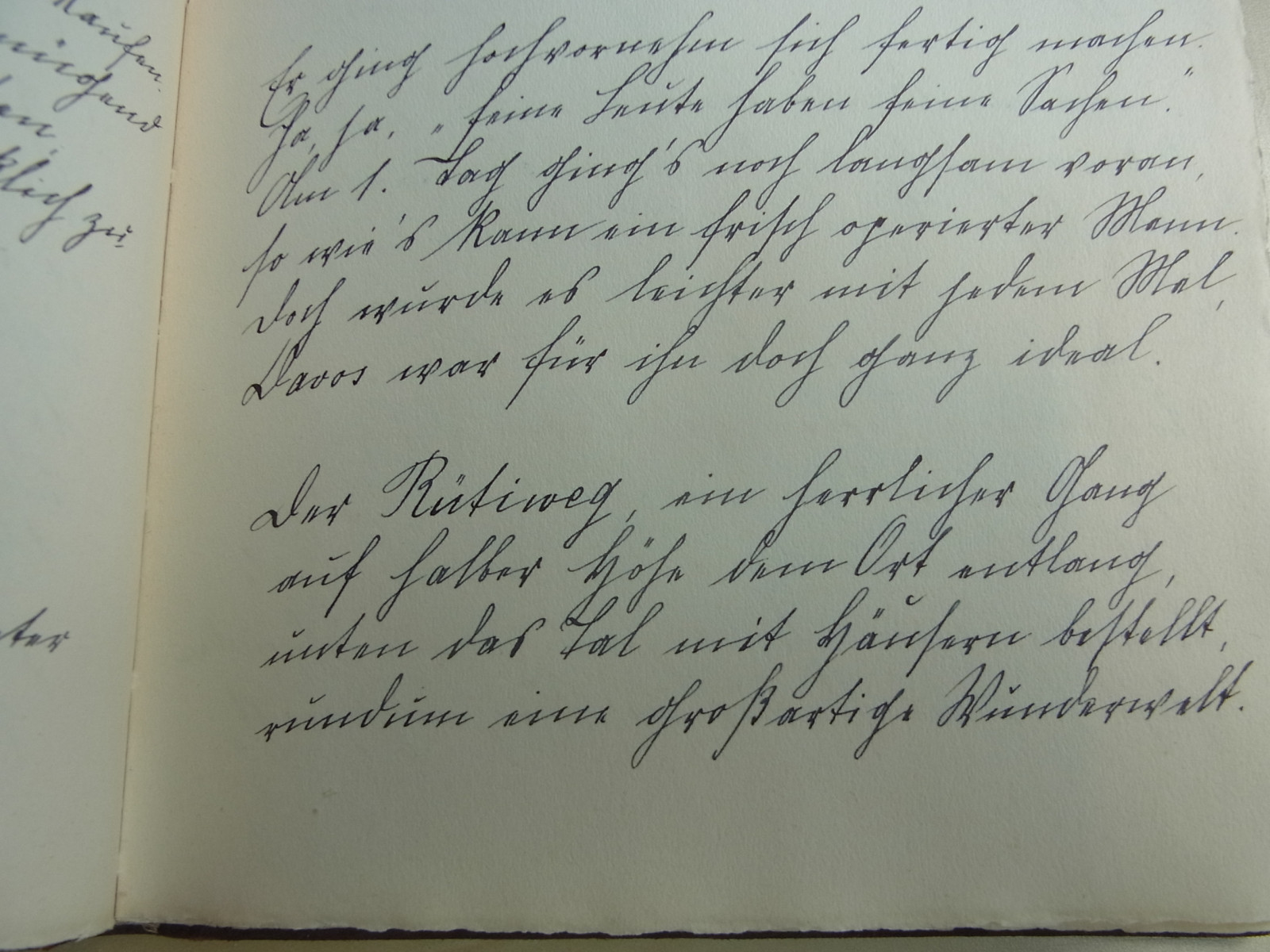
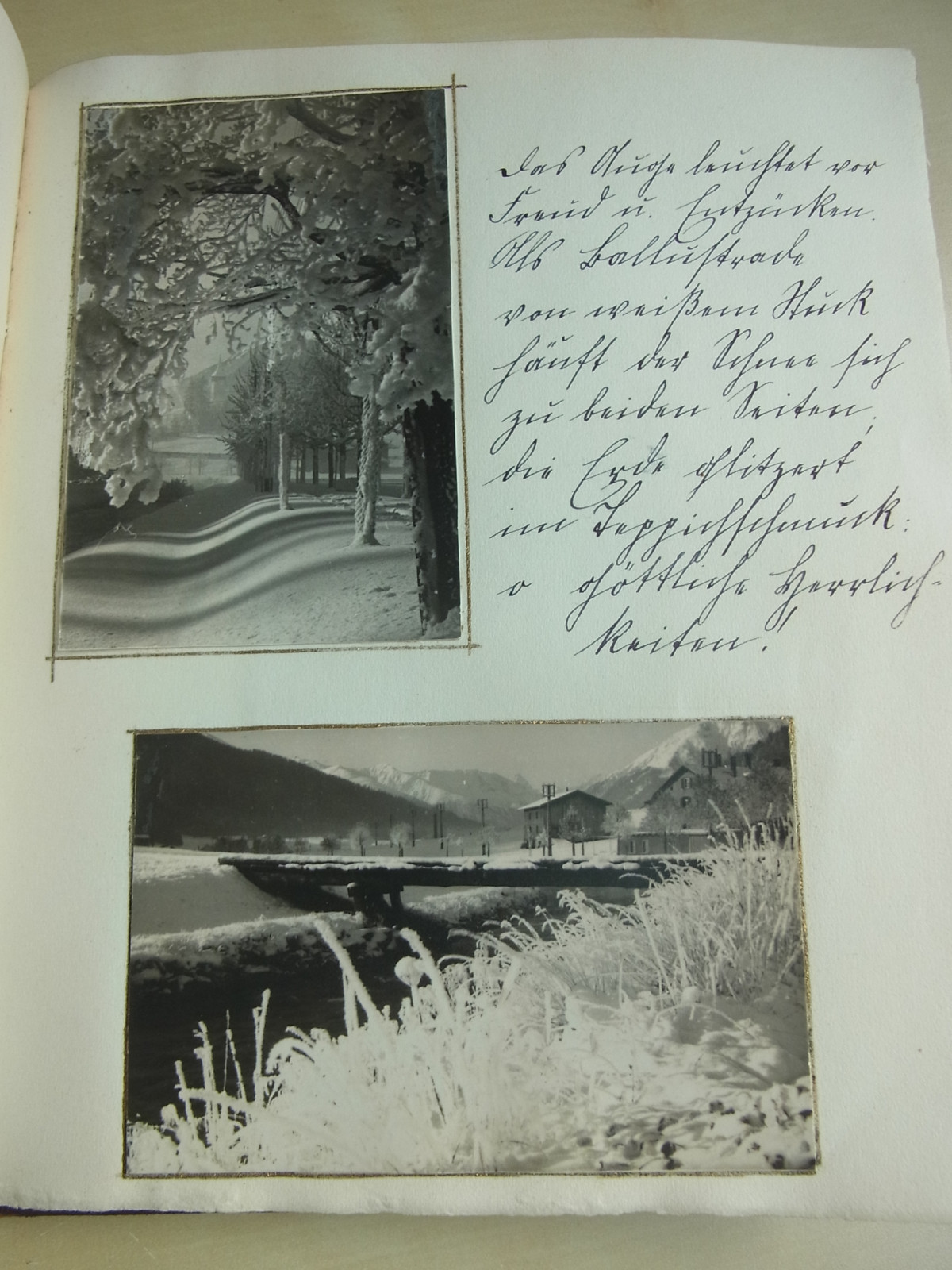

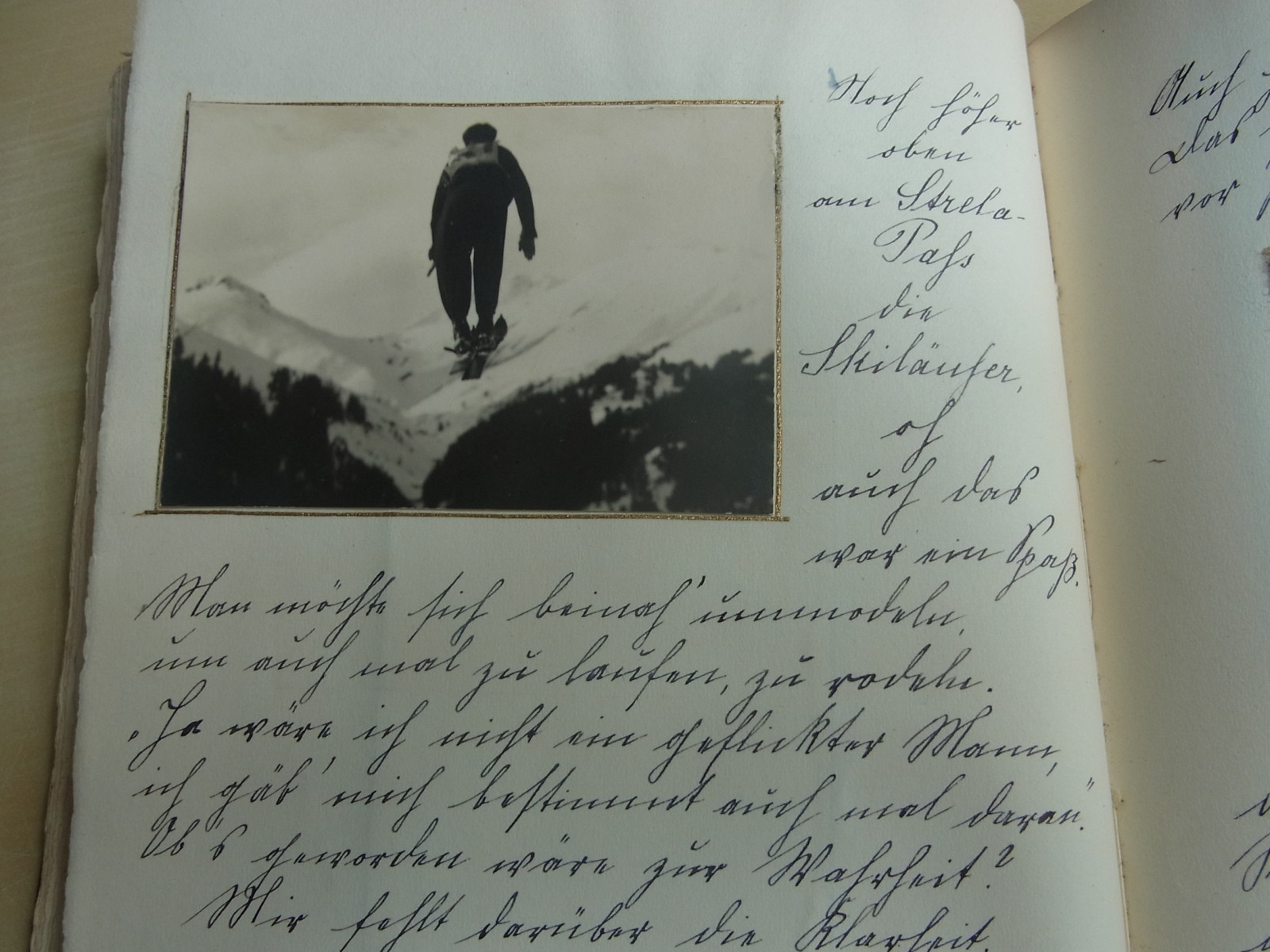

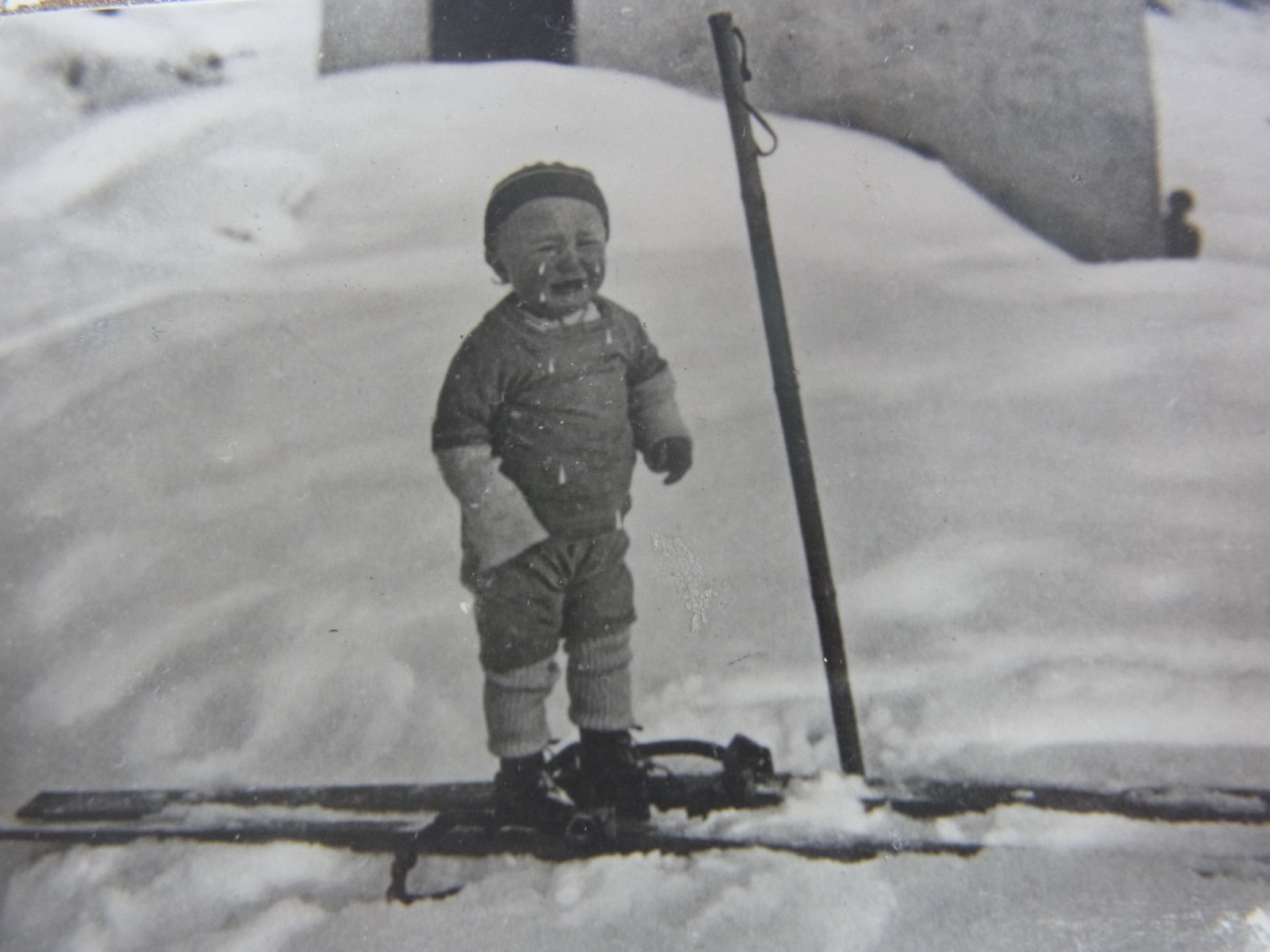

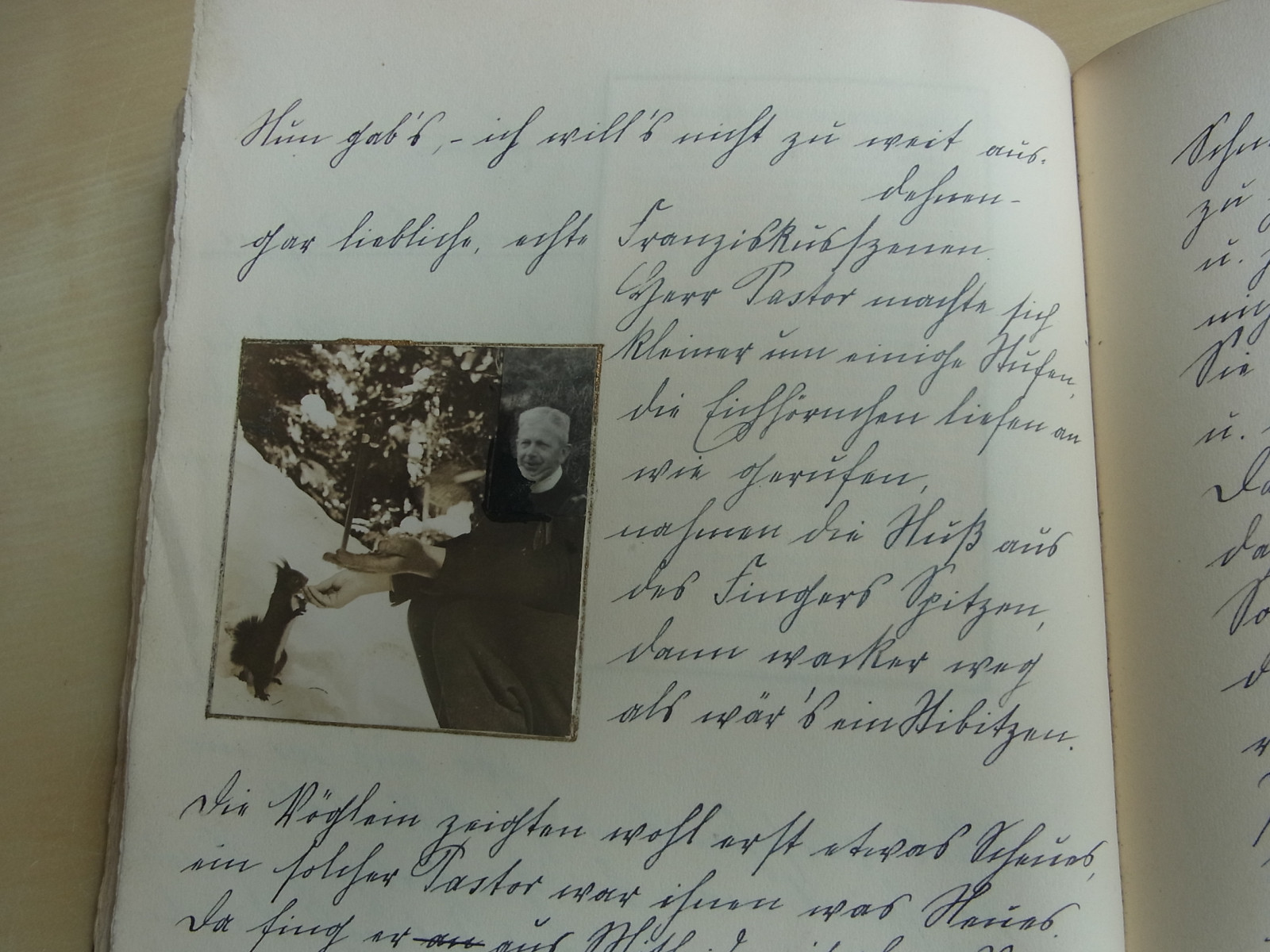


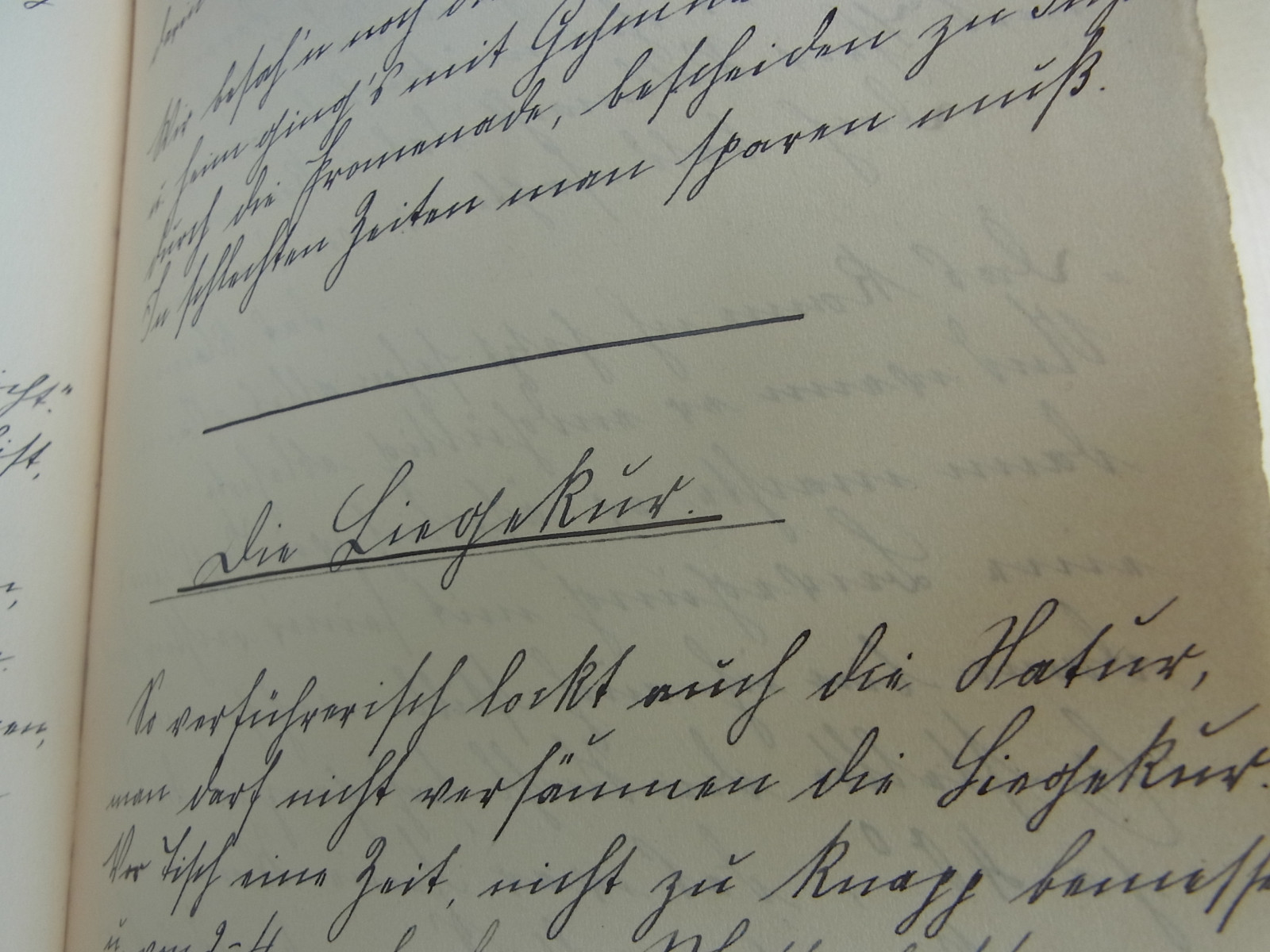
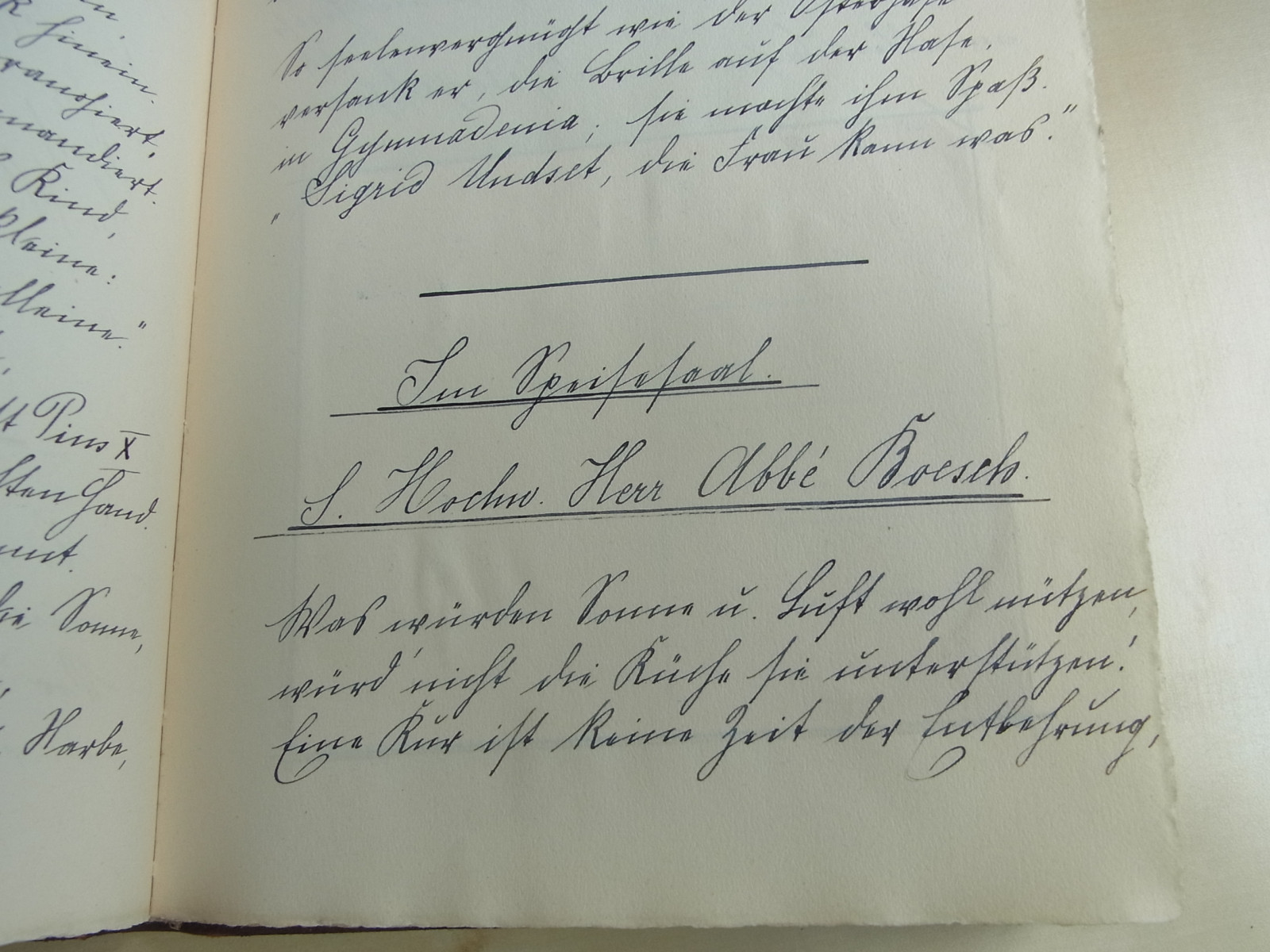
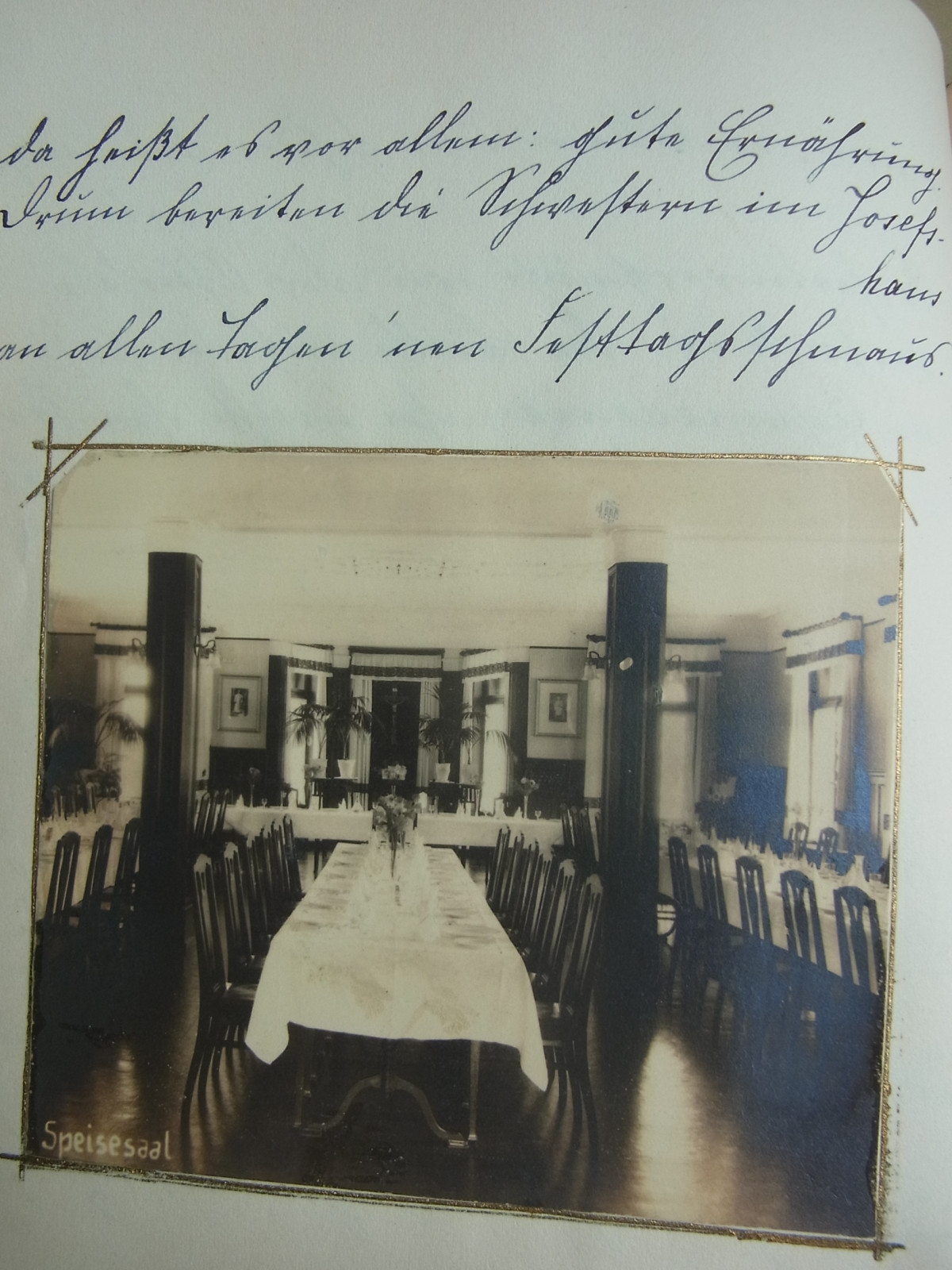


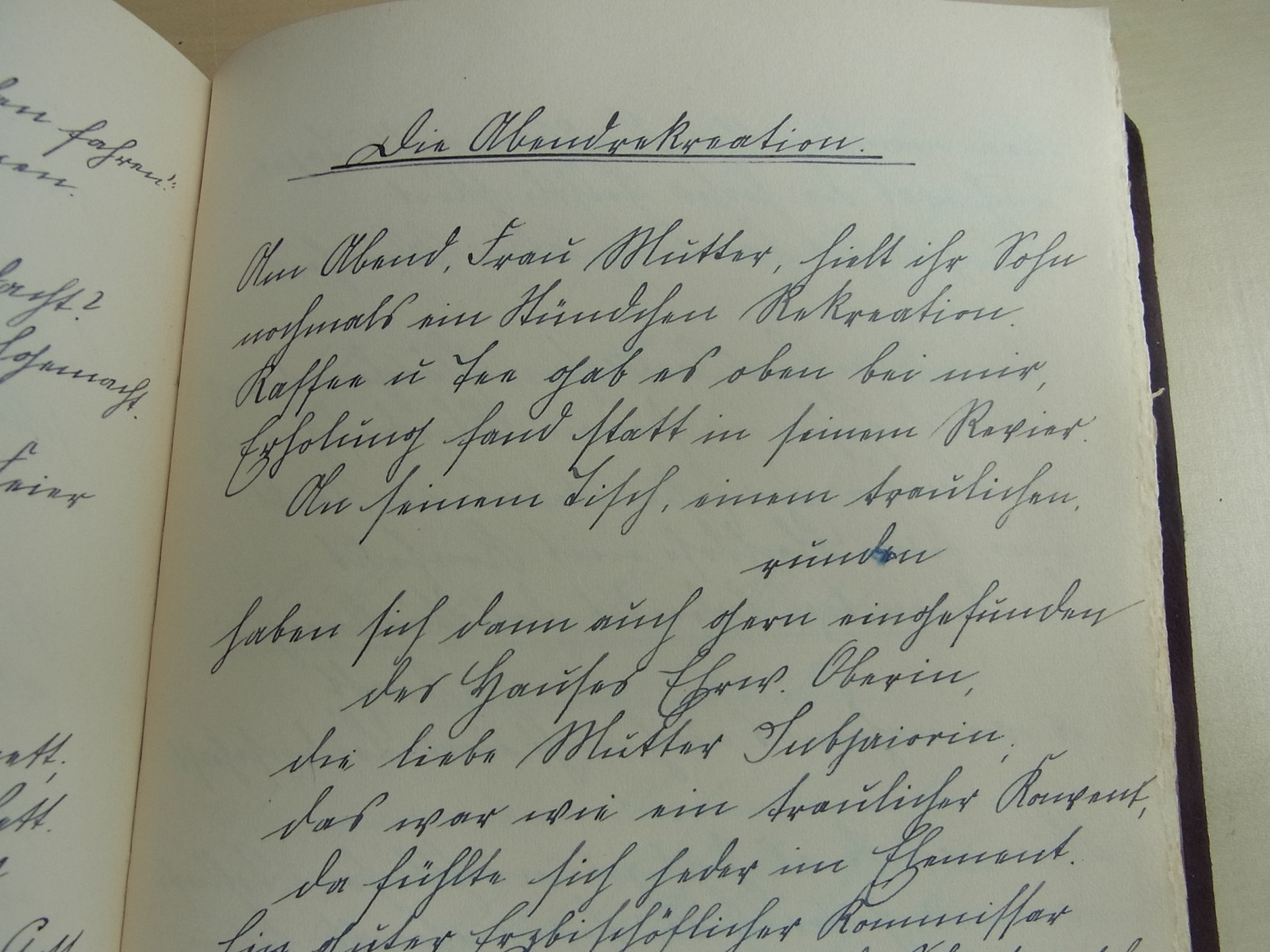




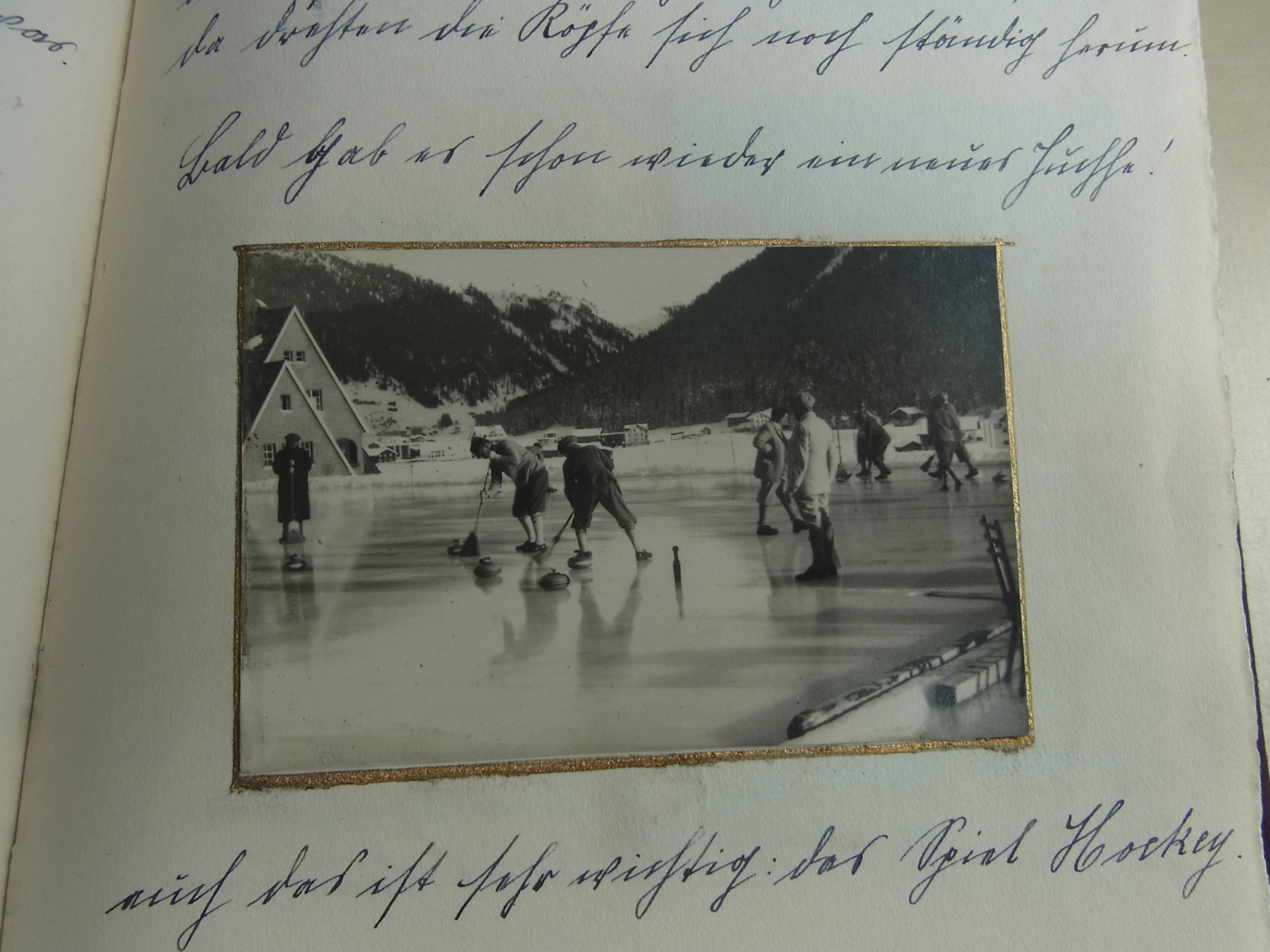

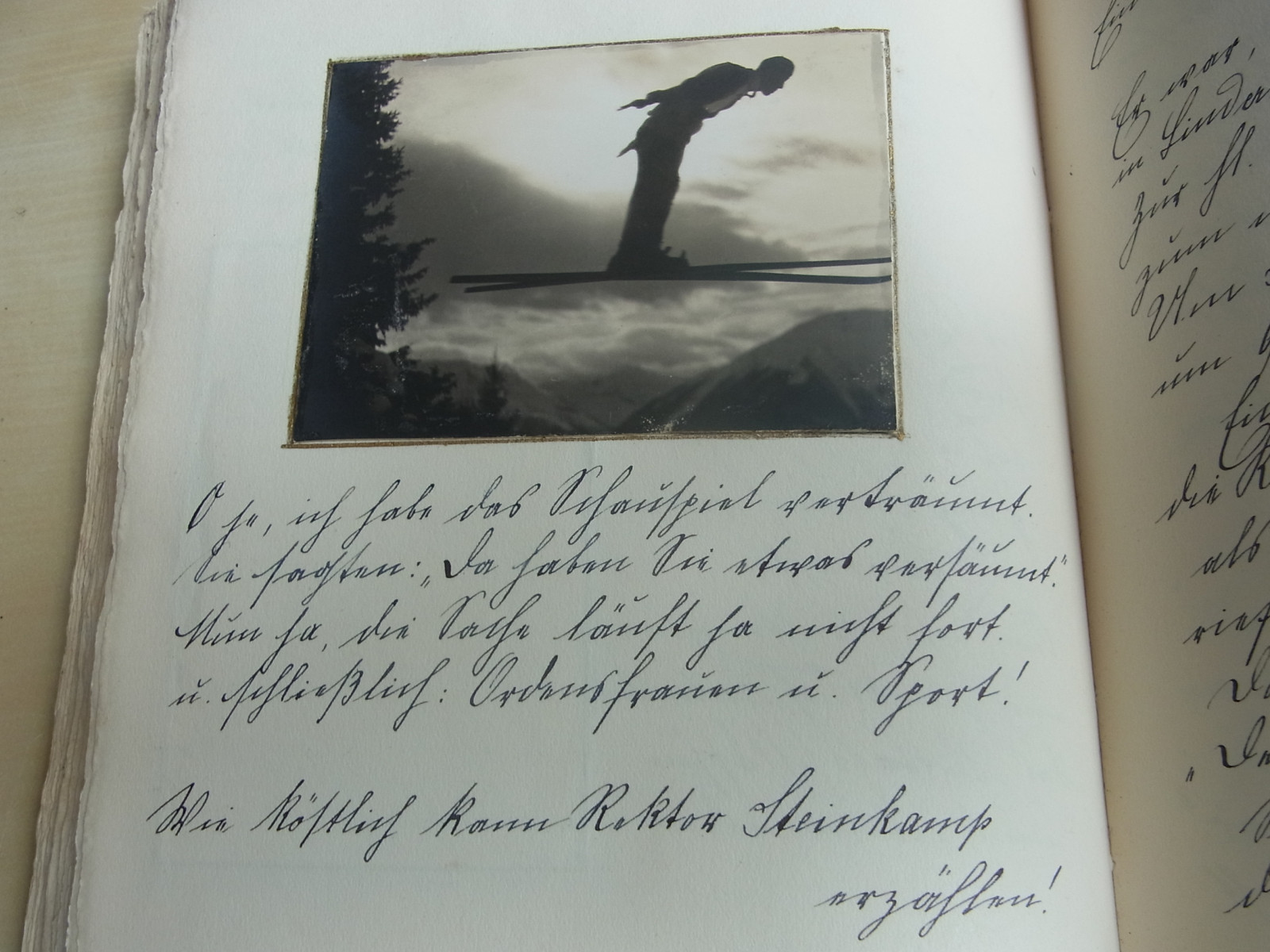
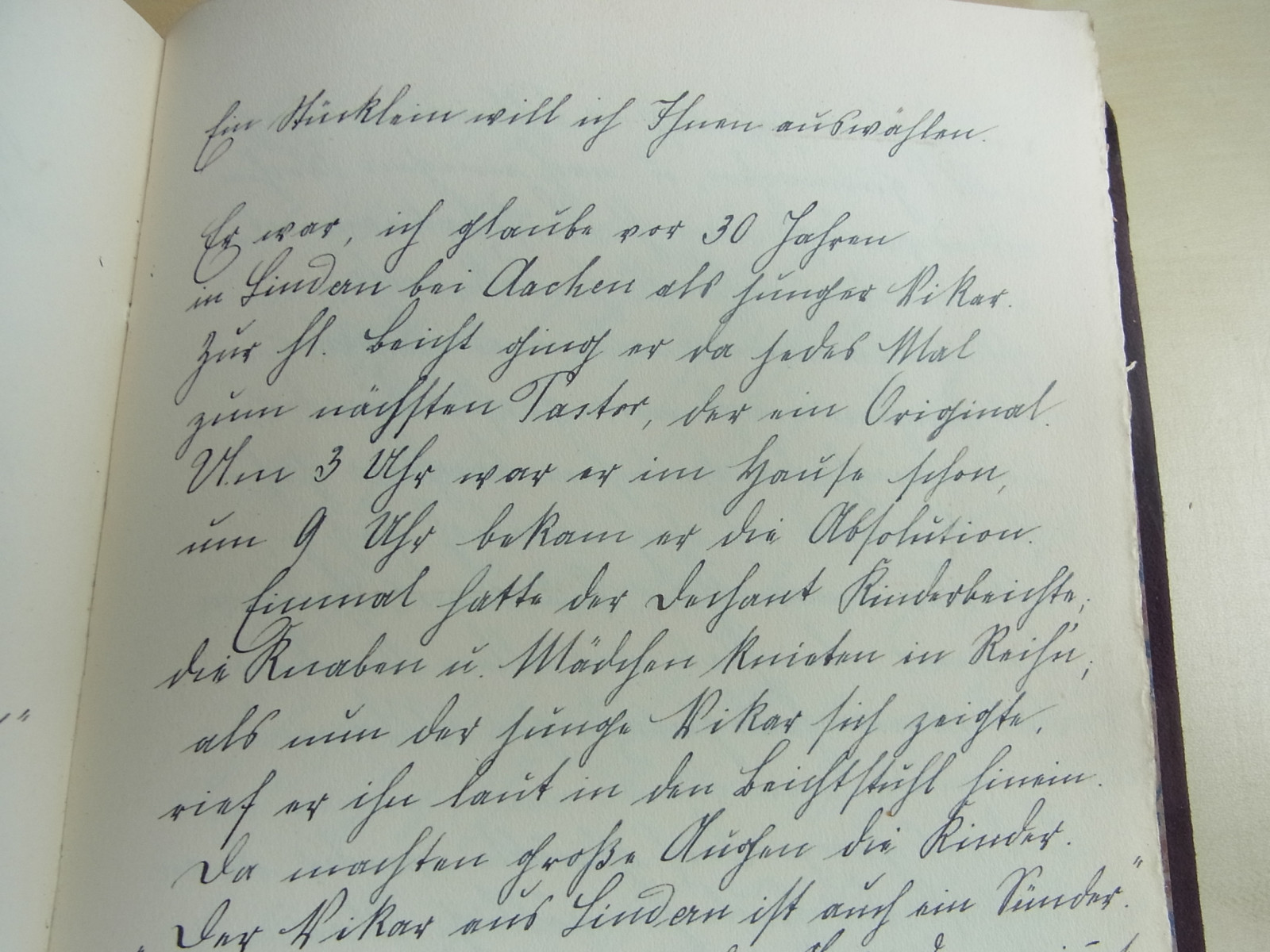

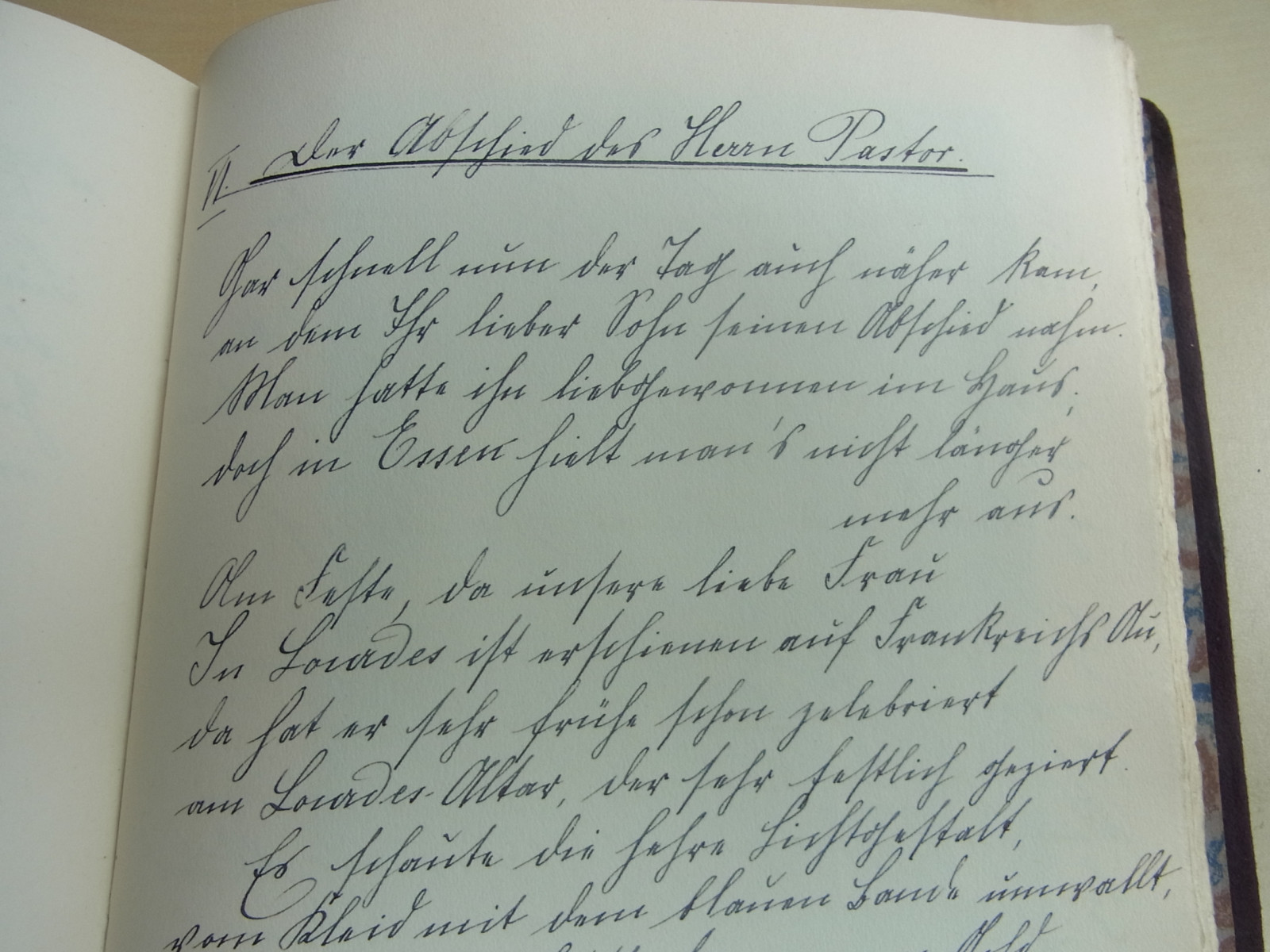
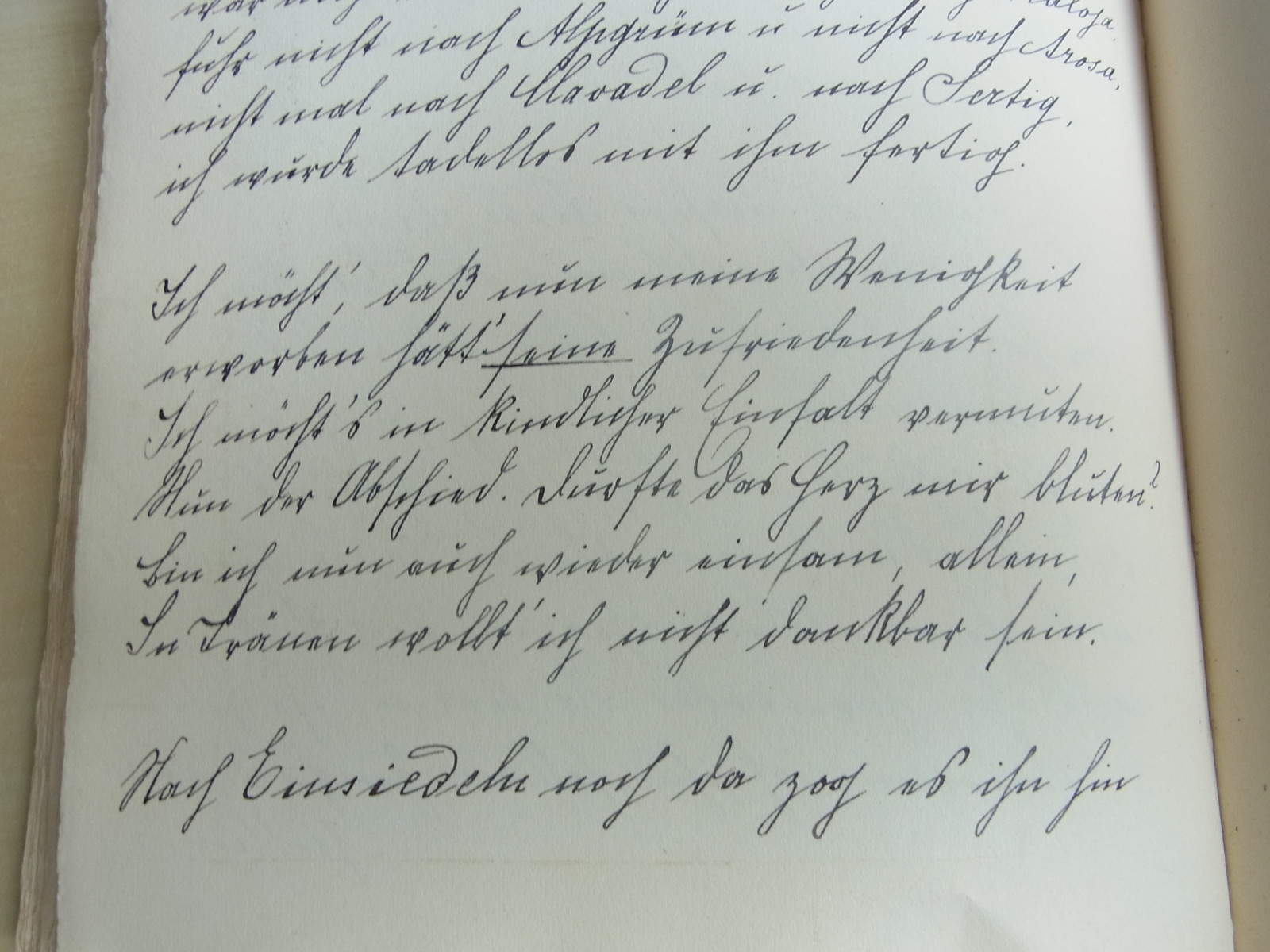



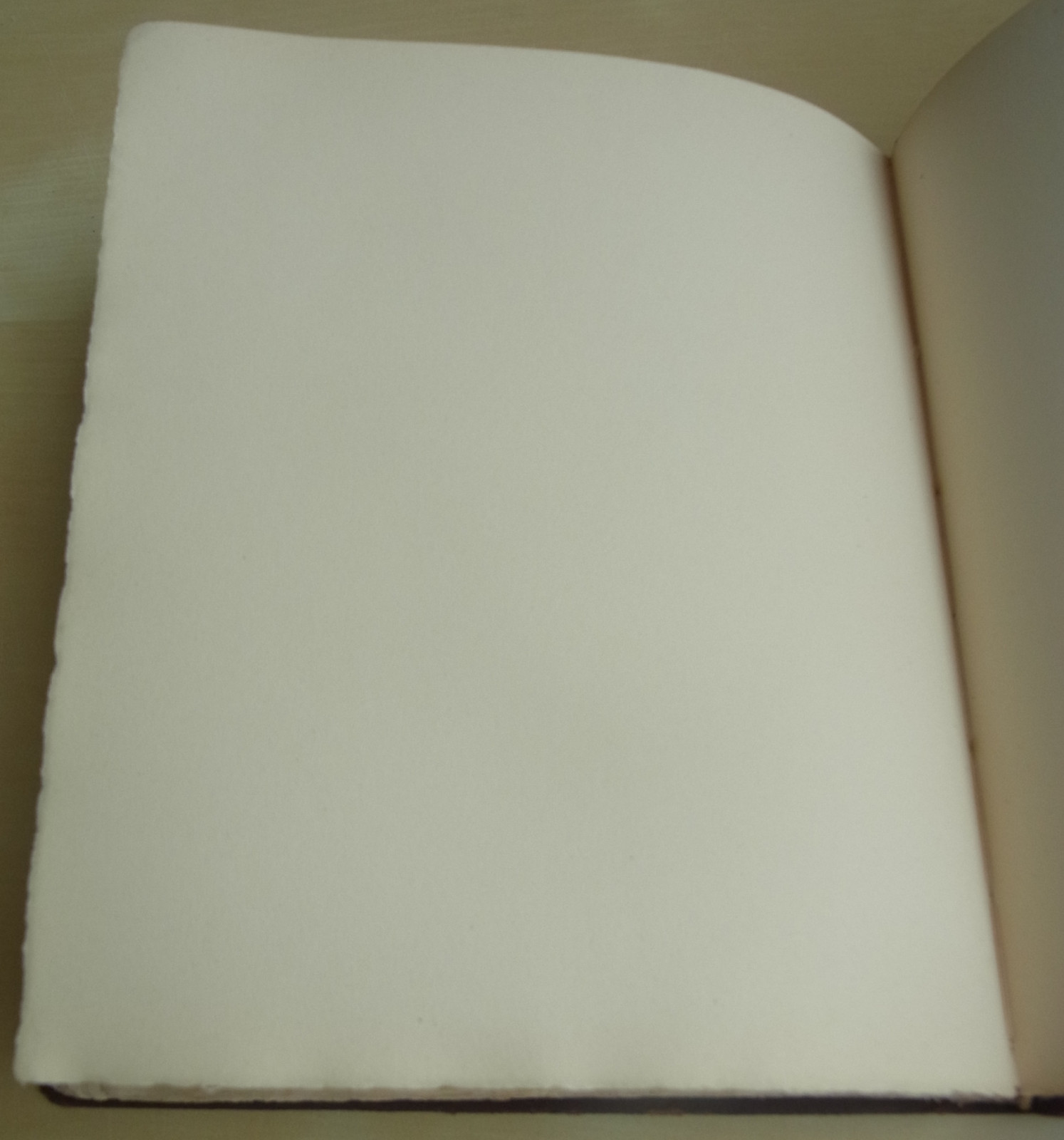


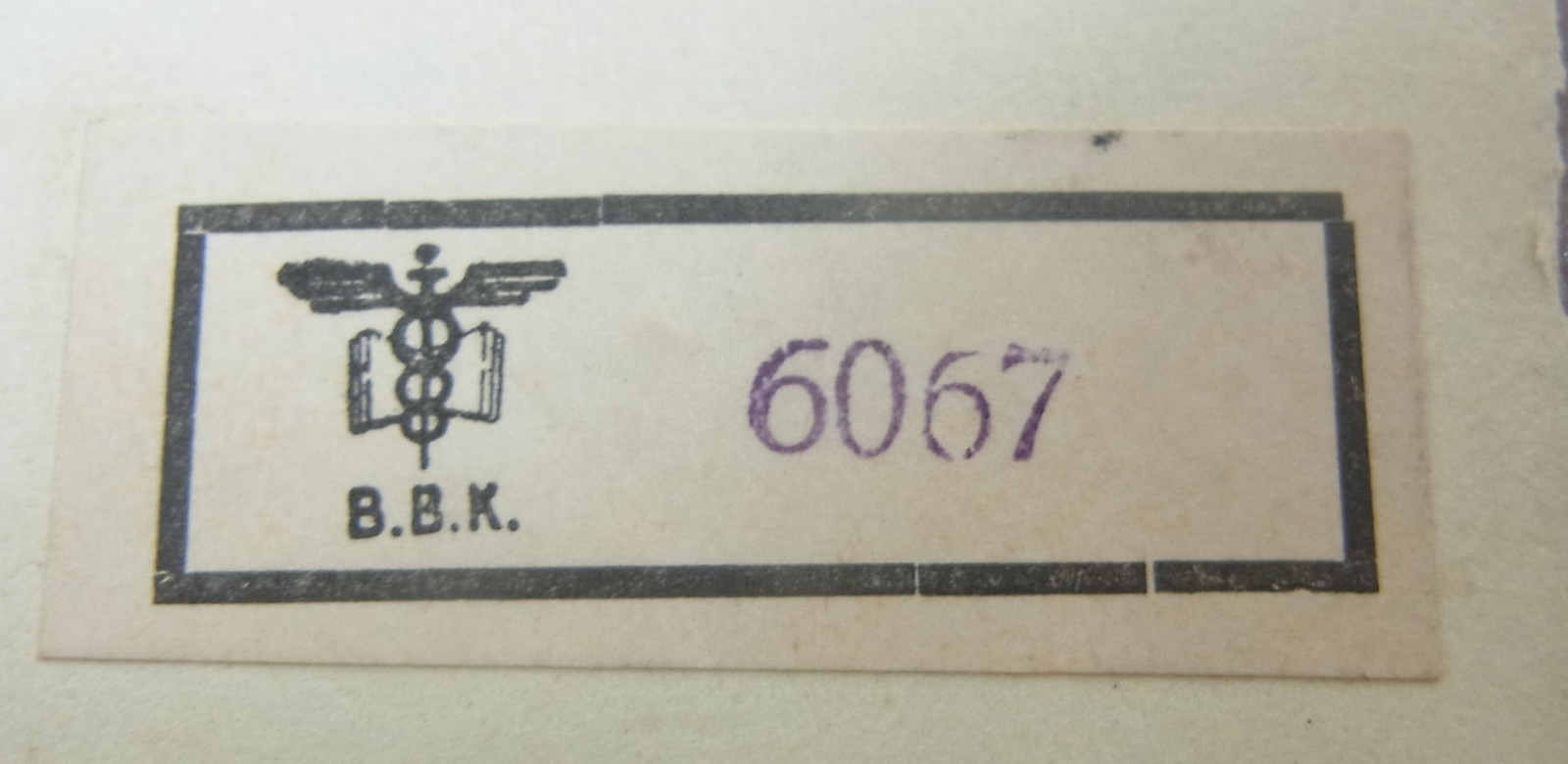

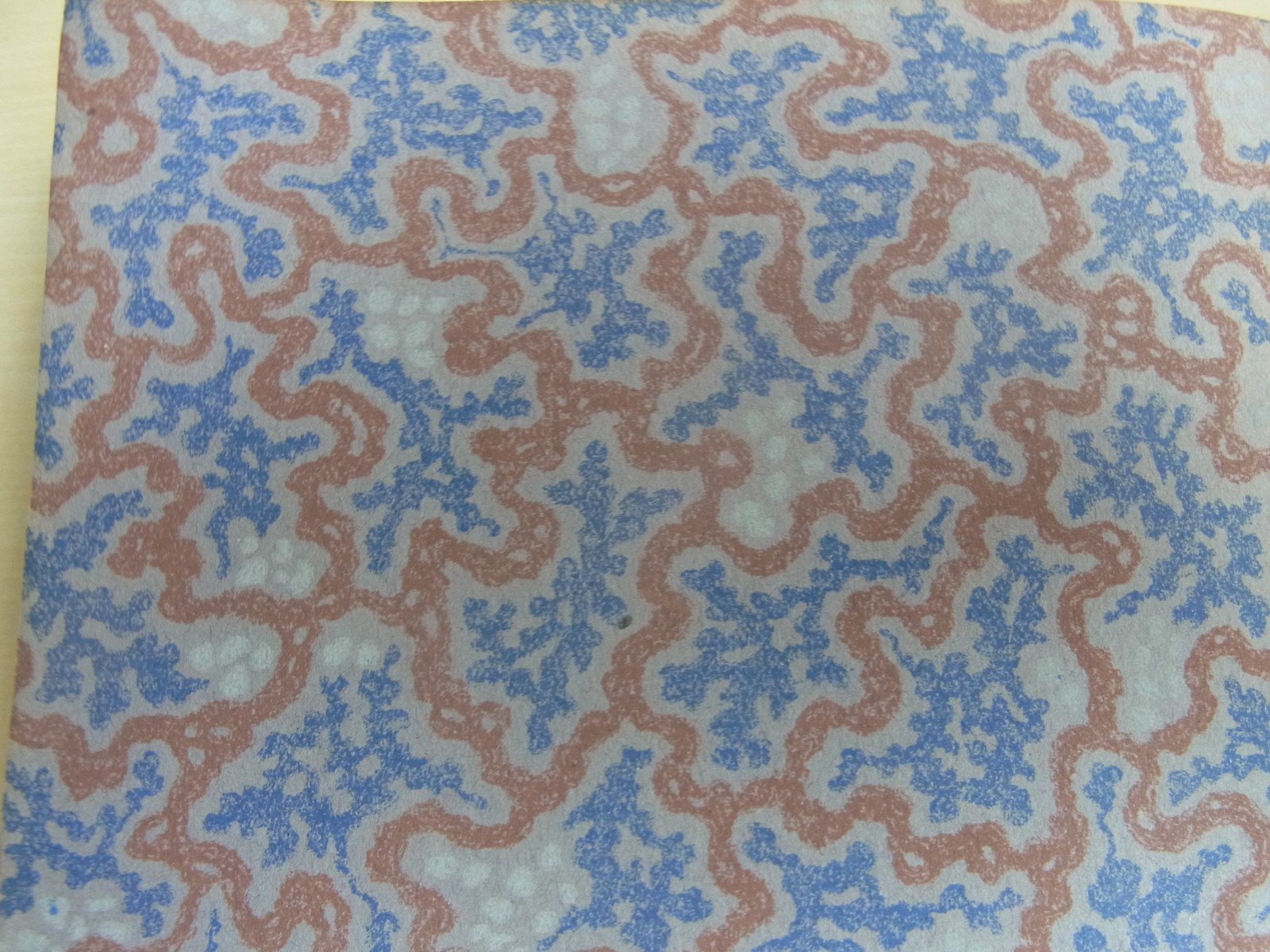

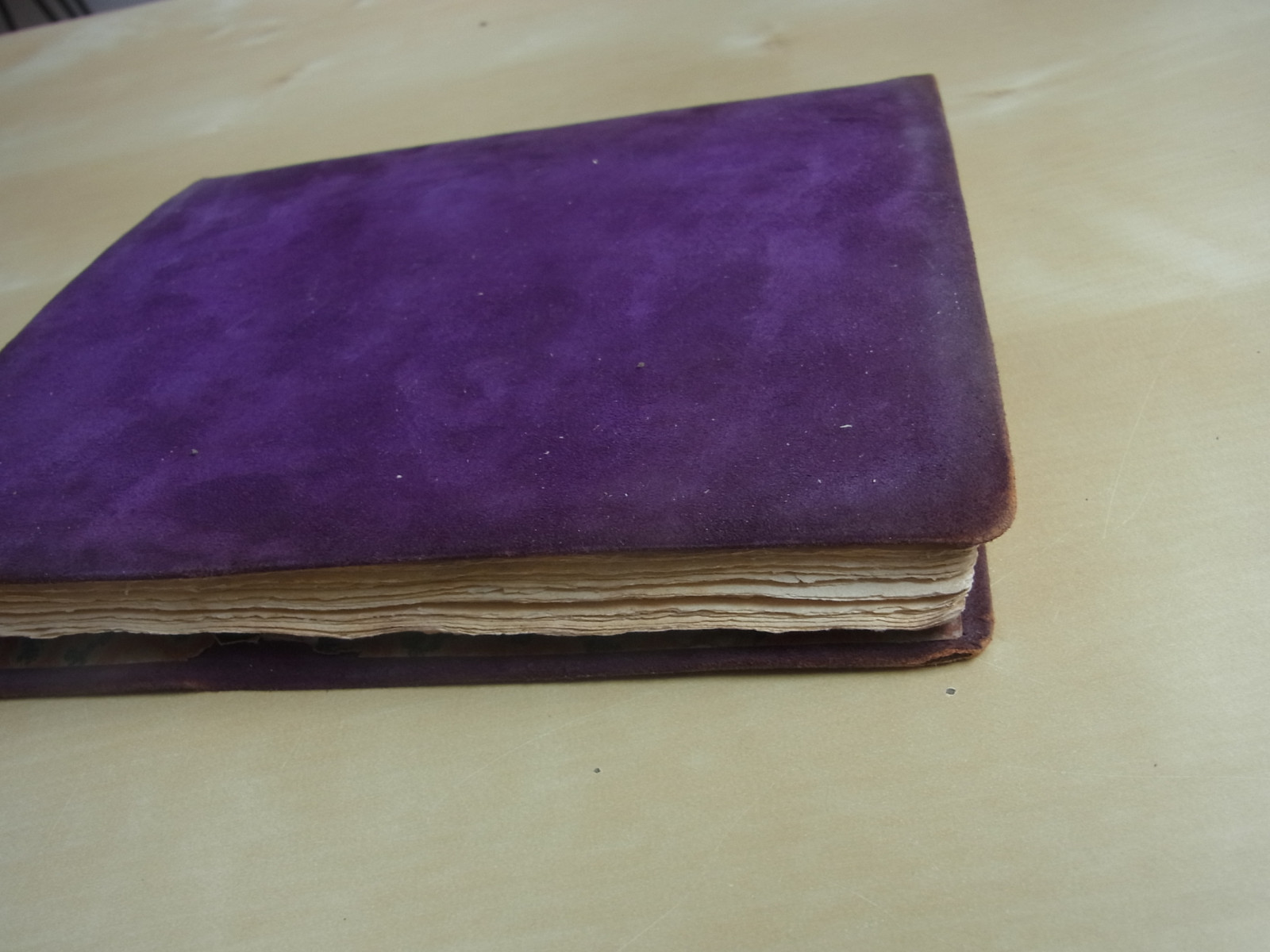
Mobile-friendly galleries at TRIXUM.DE
About the order (source: wikipedia):
The Sisters of Mercy of St. Elisabeth are an order founded in Essen in 1843, which founded the first hospital in Essen in 1844 and runs it to this day as the Elisabeth Hospital in Essen-Huttrop.
History: The order, whose patroness is St. Elisabeth of Thuringia was founded in 1843 by Clara Kopp and six other sisters who had previously been members of various Beguine convents in Essen. In the same year, the order received the order from the cabinet at the time to found a nursing home, which opened on December 23rd. It opened in January 1844 as the first Essen hospital in the renovated building of the Essen Capuchin monastery, which was closed in 1834, and cared for 34 patients in the first year.
In 1876 the order founded the St. Elisabeth Foundation and commissioned a board of directors to run the foundation.
After the mother house of the order was located at the Capuchin monastery from the time the order was founded in 1843 and from 1912 in the Elisabeth Hospital, the monastery in Essen-Schuir was built in 1936 for 150 nuns.
Due to the dwindling number of order members, the remaining 30 nuns moved to the smaller Emmaus Monastery senior citizens' home in Essen-Schönebeck in November 2016. The Schuir Monastery was sold and converted into accommodation for around 500 refugees in 2016.
In addition to the hospital, kindergartens are also operated today.
The nuns' common burial ground is located in Essen's Eastern Cemetery. Because the order has become small with currently just under 30 sisters (as of 2016) and can no longer maintain the grave site, a legacy grave, a gravestone converted into a grave of honor, was built in 2015.
Monastery church: In 1935, the Otto bell foundry from Hemelingen/Bremen supplied two bronze bells with the chimes b′ and d′′ for the chapel. The larger b bell was confiscated in 1942 and was probably melted down, but in any case it did not return after the end of the war. In 1950, the sister received an OTTO bell, also with the chime b′. The bell is St. Consecrated to Elisabeth and bears a corresponding inscription. The bell was probably cast in 1898 for a parish in the diocese of Trier. It was only given to the sisters as a loan bell.